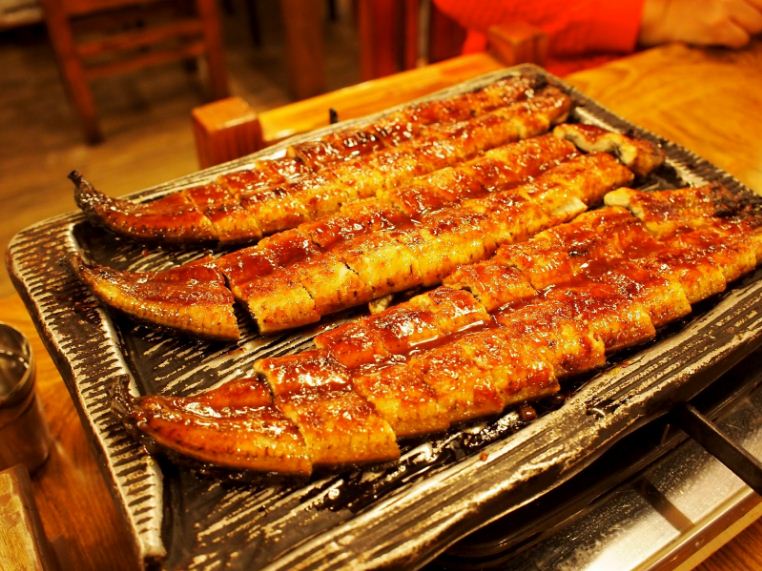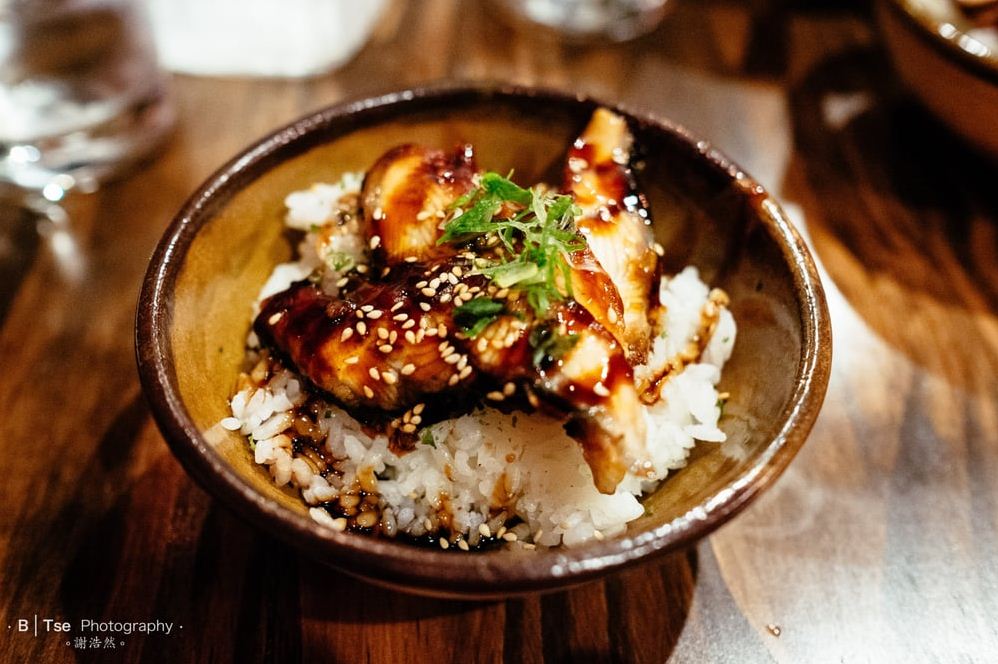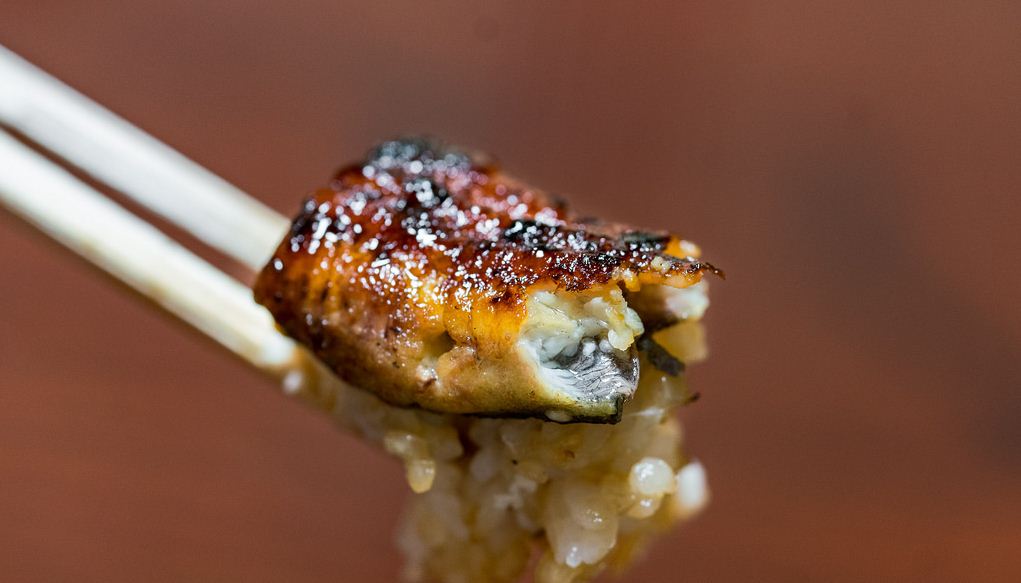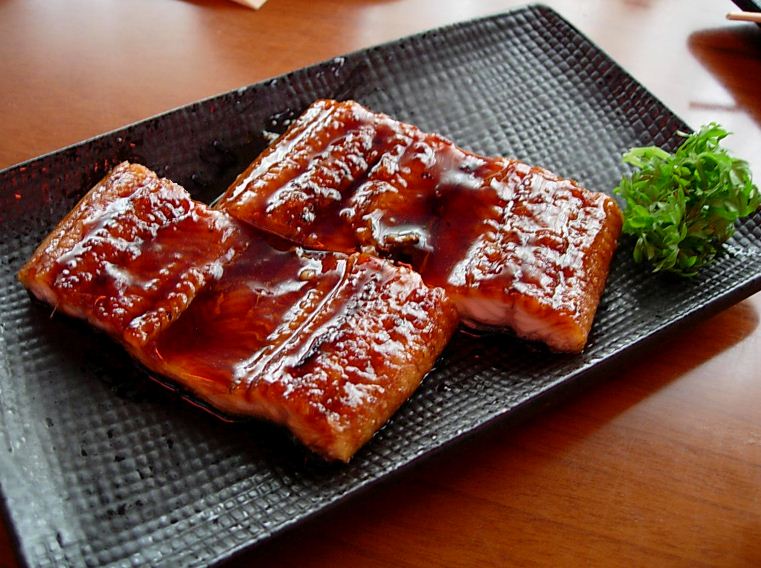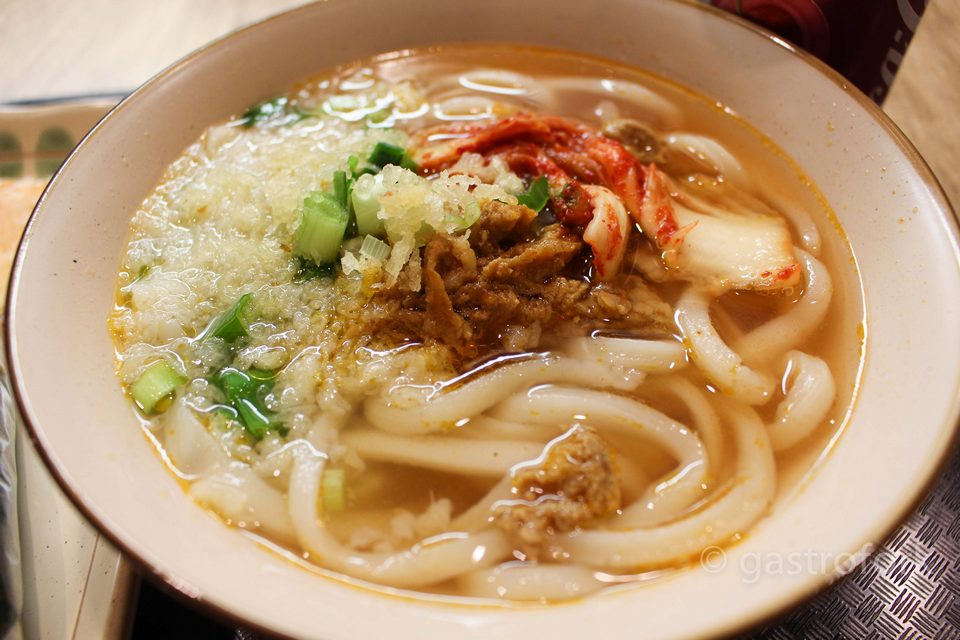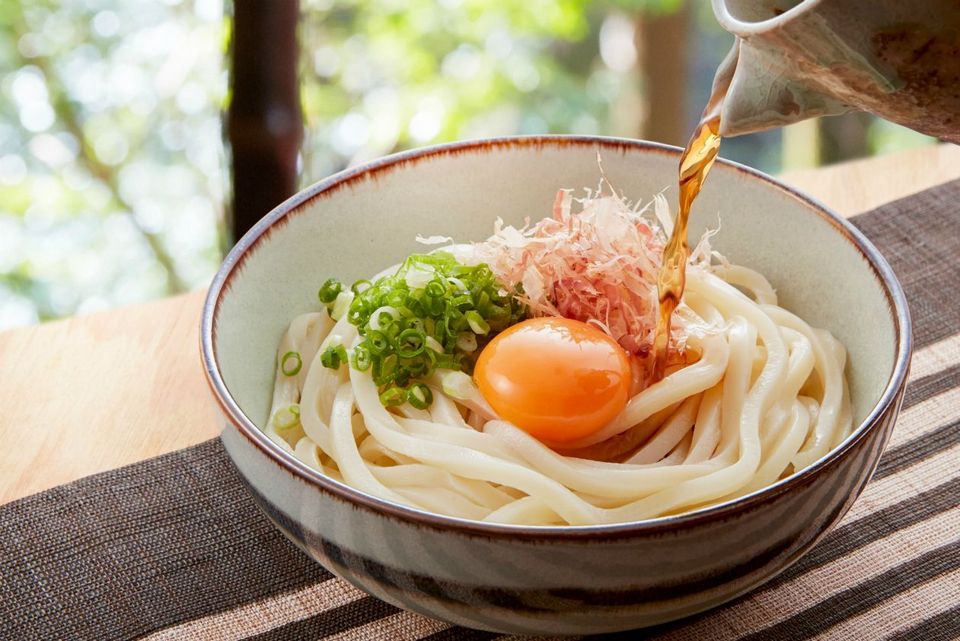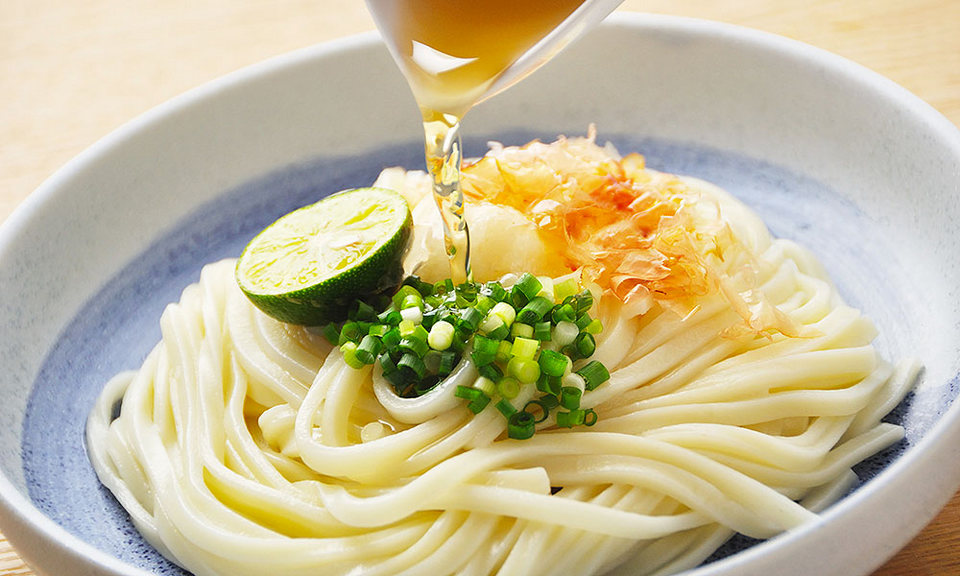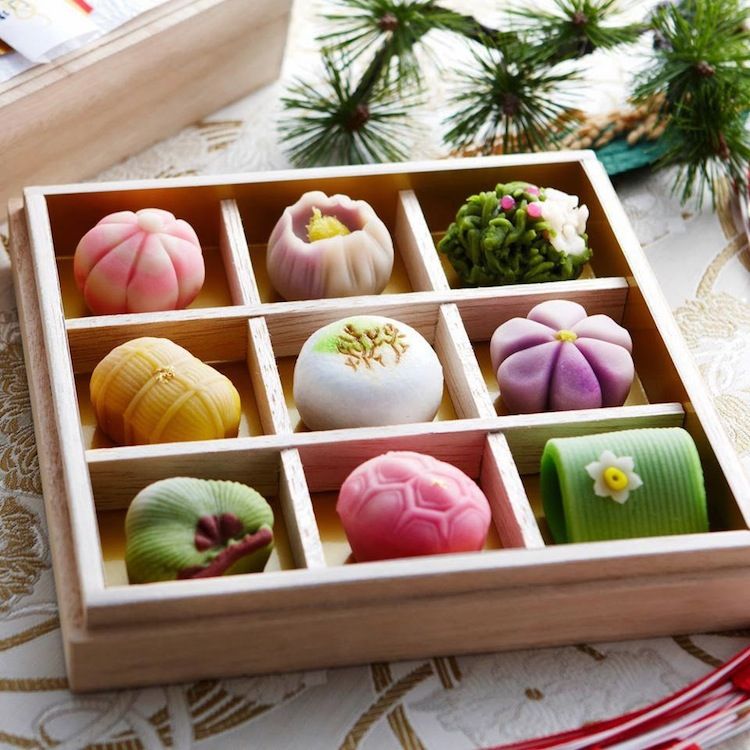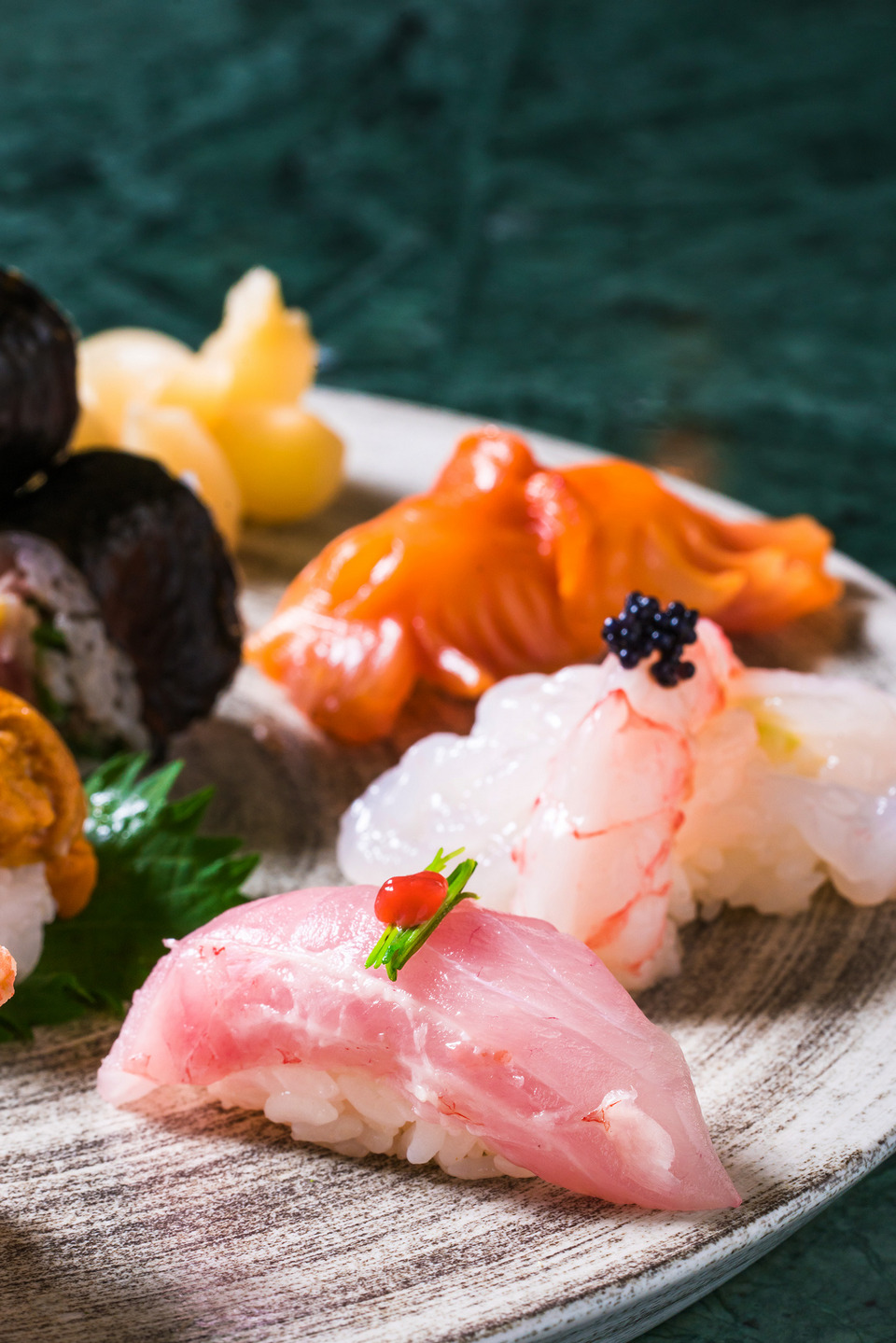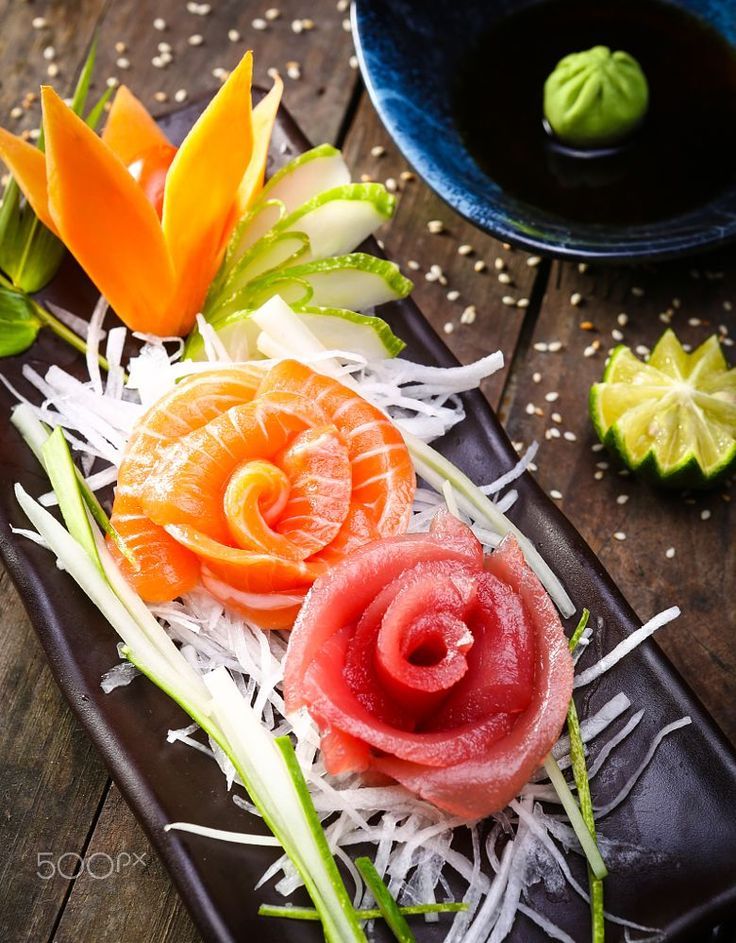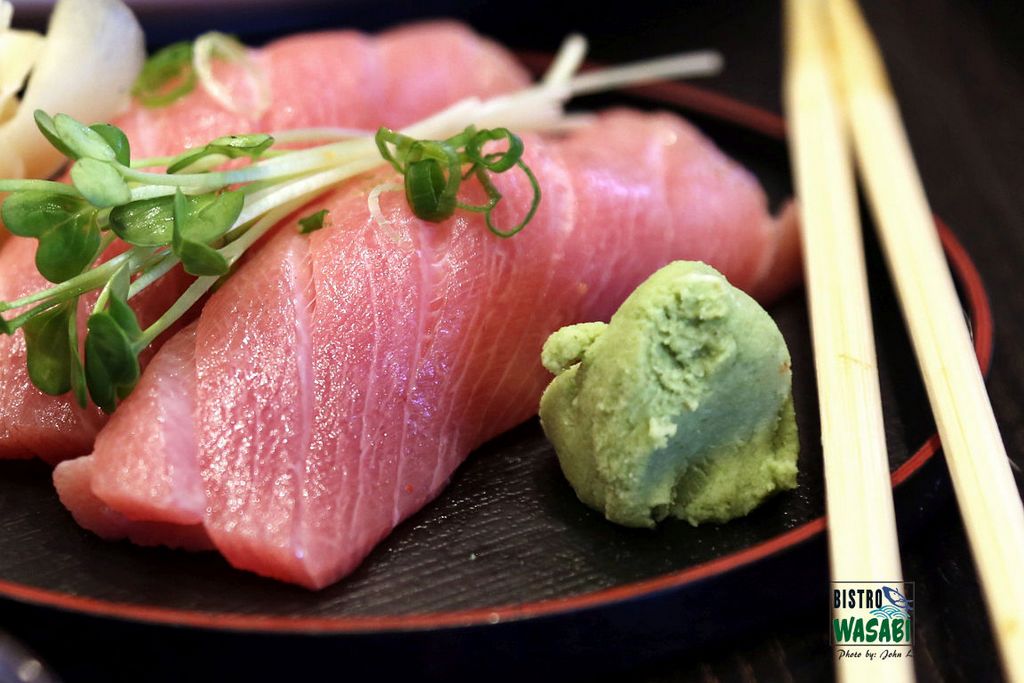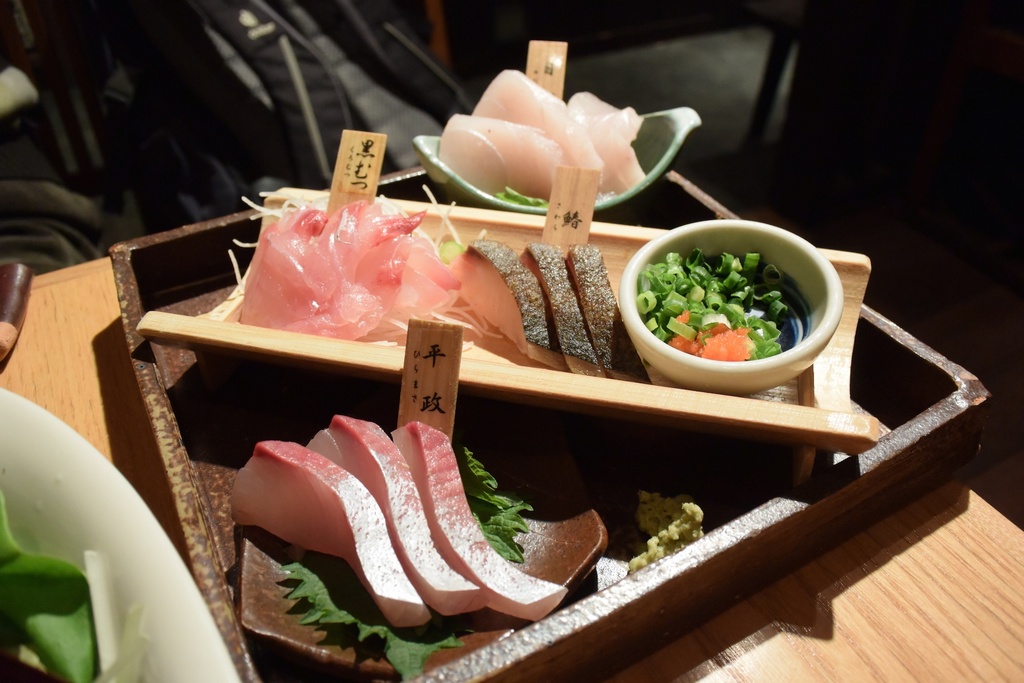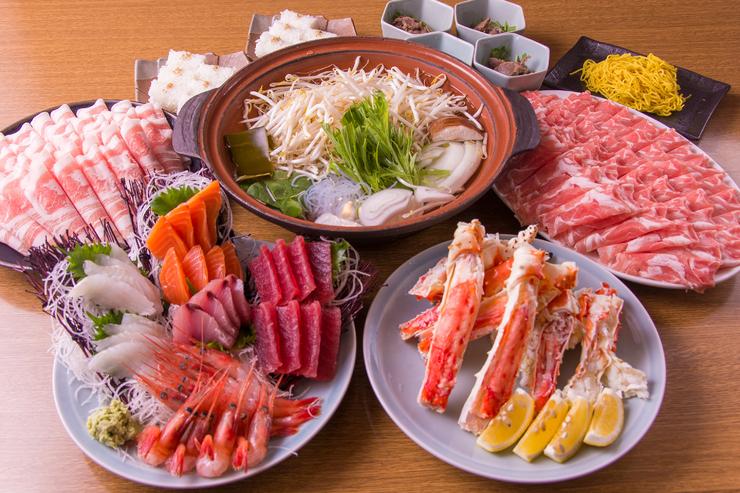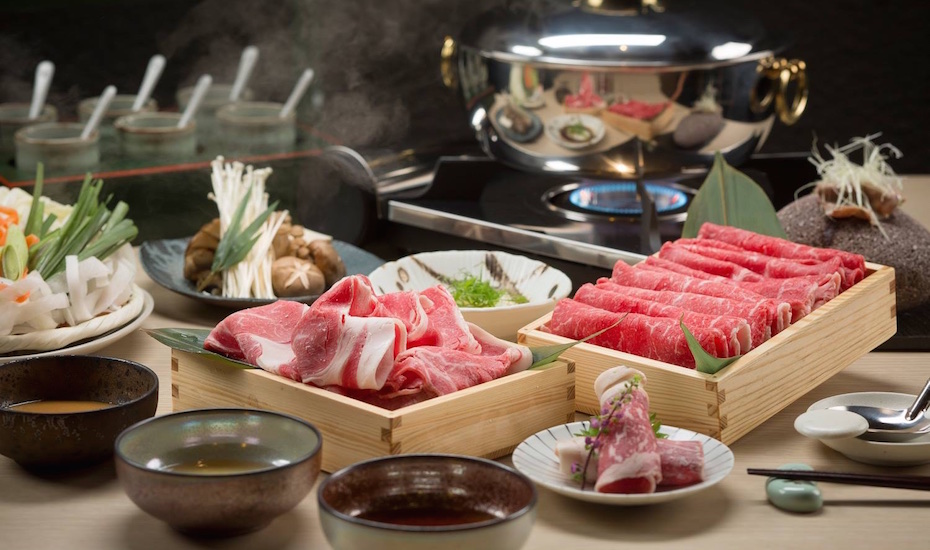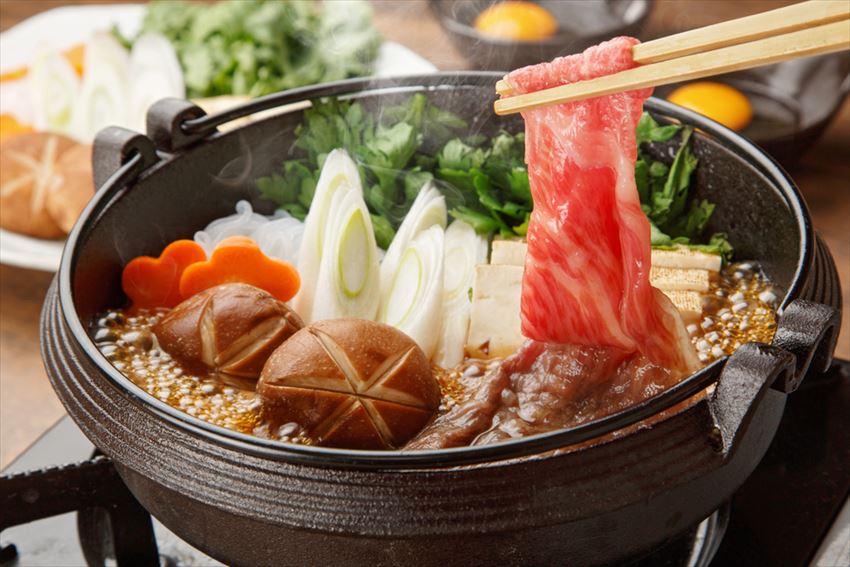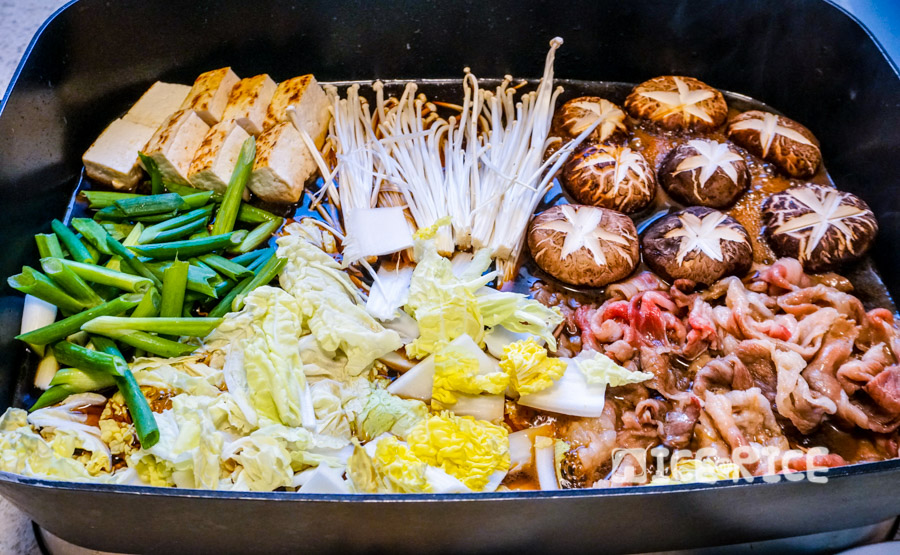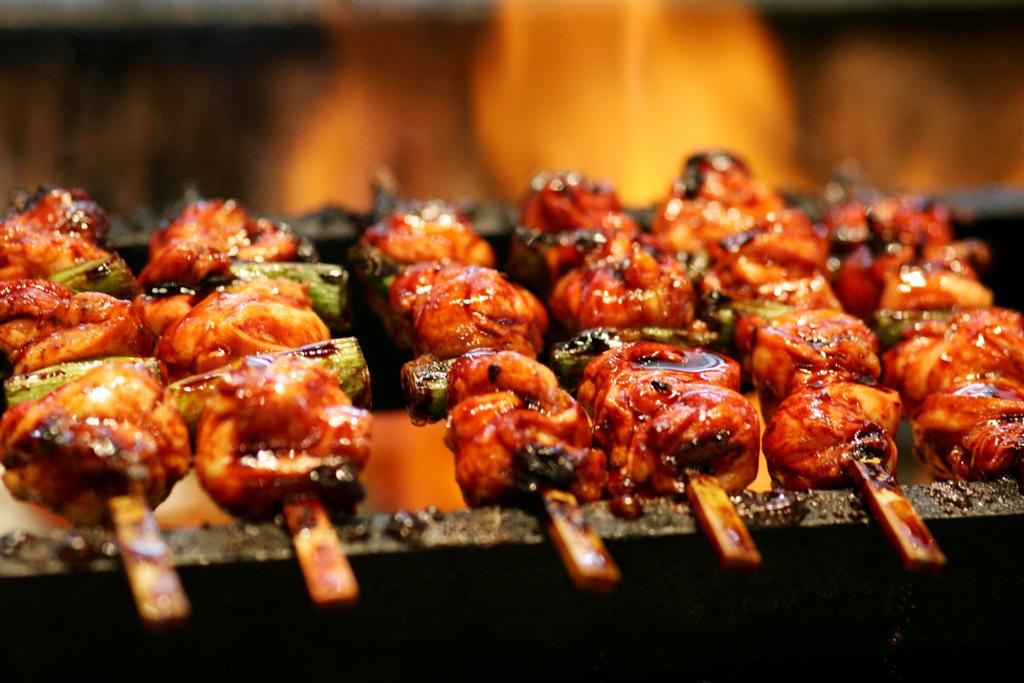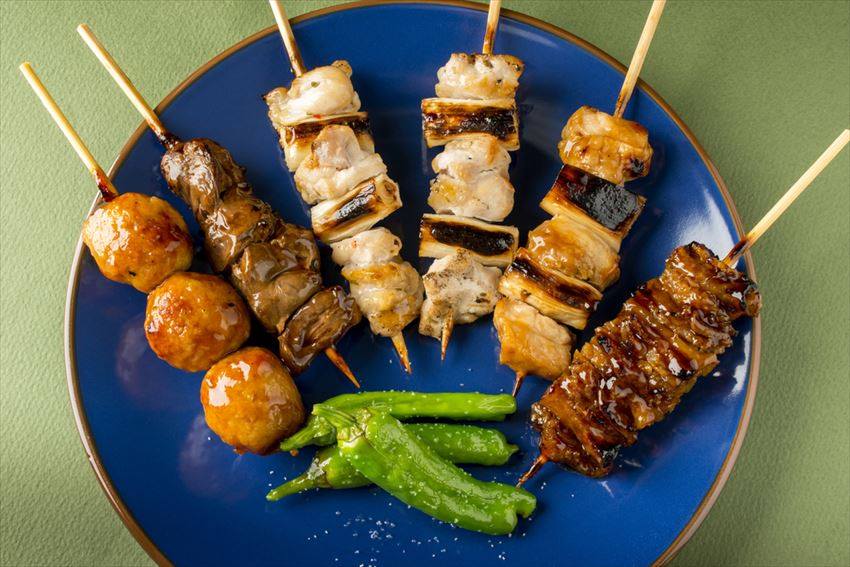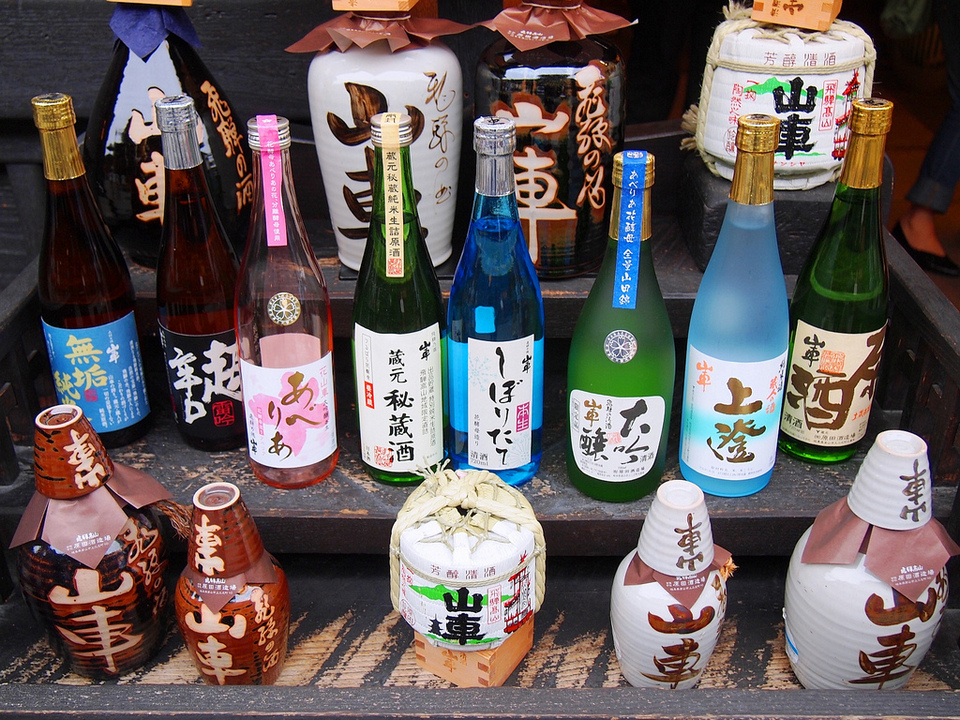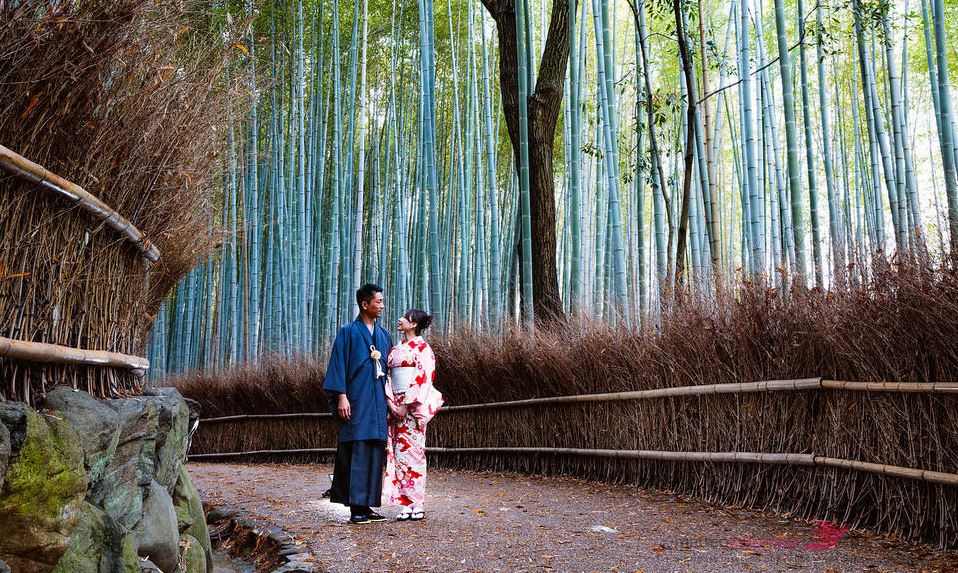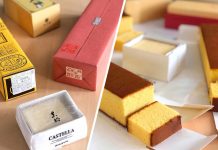To make this dish, the eel will be marinated with spices, and dip in soy sauce before being grilled on charcoal. After grilling, eel is steamed and once more grilled. In Japan, this is considered a high-class food and the price is also slightly higher, but with so many steps of processing and health benefits, it is absolutely worth, right?
- Tokyo street food blog — 17+ best street food in Tokyo & must eat food in Tokyo
- Kobe beef blog — Visit Kobe & enjoying Kobe beef, one of the most delicious foods in Japan
- Visiting Owl Shrine Café, Tokyo — Healing the soul by cuteness
- Otaru sushi — Top 4 best sushi restaurants in Otaru, Japan
- Visiting Kosoan tea house — The traditional tea room in Tokyo

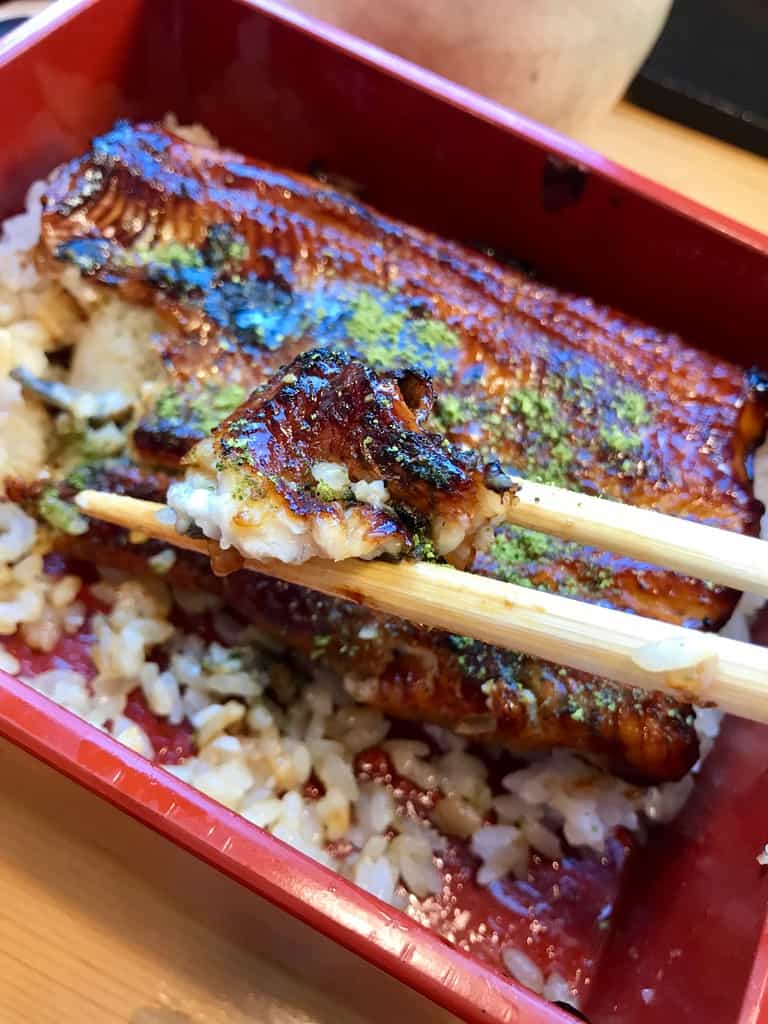

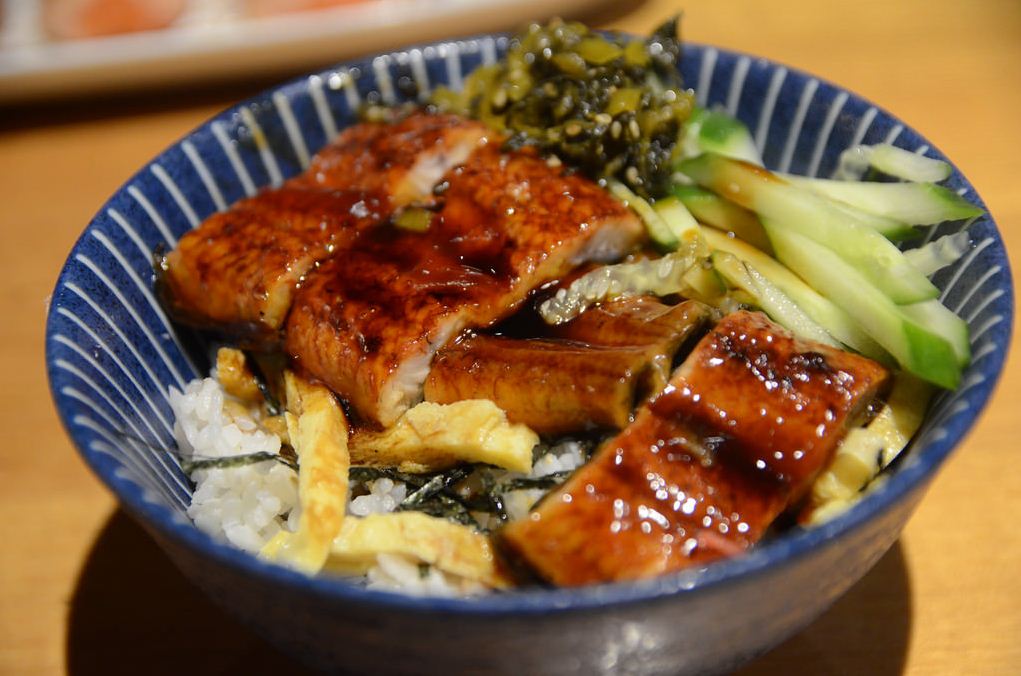
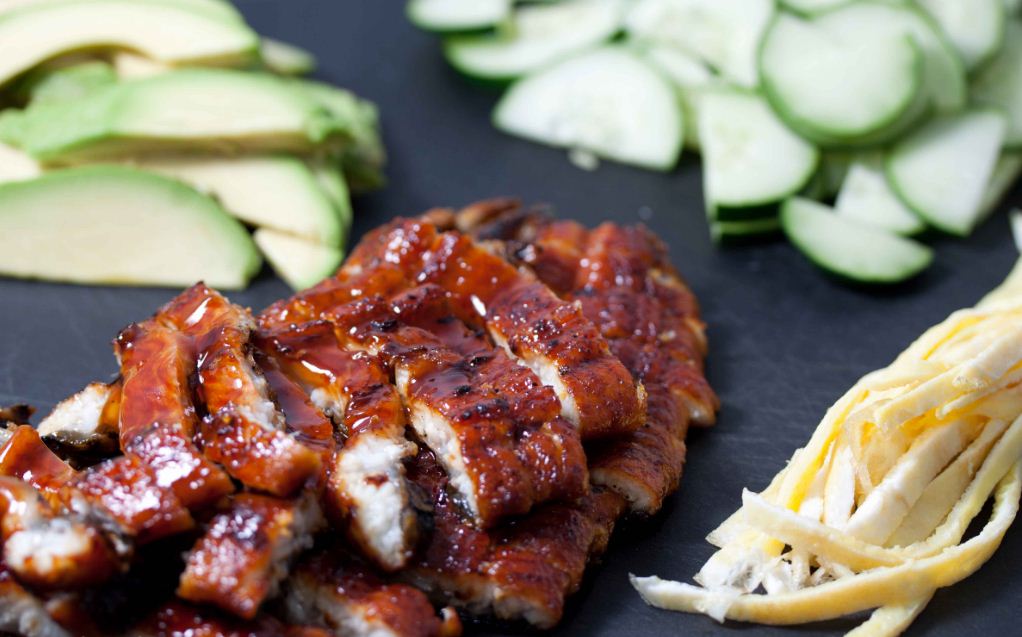
Read more: Tasting Unagi (eel) — One of the most attractive foods in Japan.
Kaiseki Ryori

Kaiseki Ryori cannot be called a dish to try when coming to Japan, but it must be an experience you should try when coming to Japan to be accurate. Because this is not a specific dish, but a combination of Japanese traditional meal that are considered the most sophisticated and delicate in Japanese culinary art, with 14 dishes of raw, steamed, grilled, stewed, hotpot, spread across steps from appetizers, vegetables, soups, to cooked dishes, side dishes, tea and desserts.
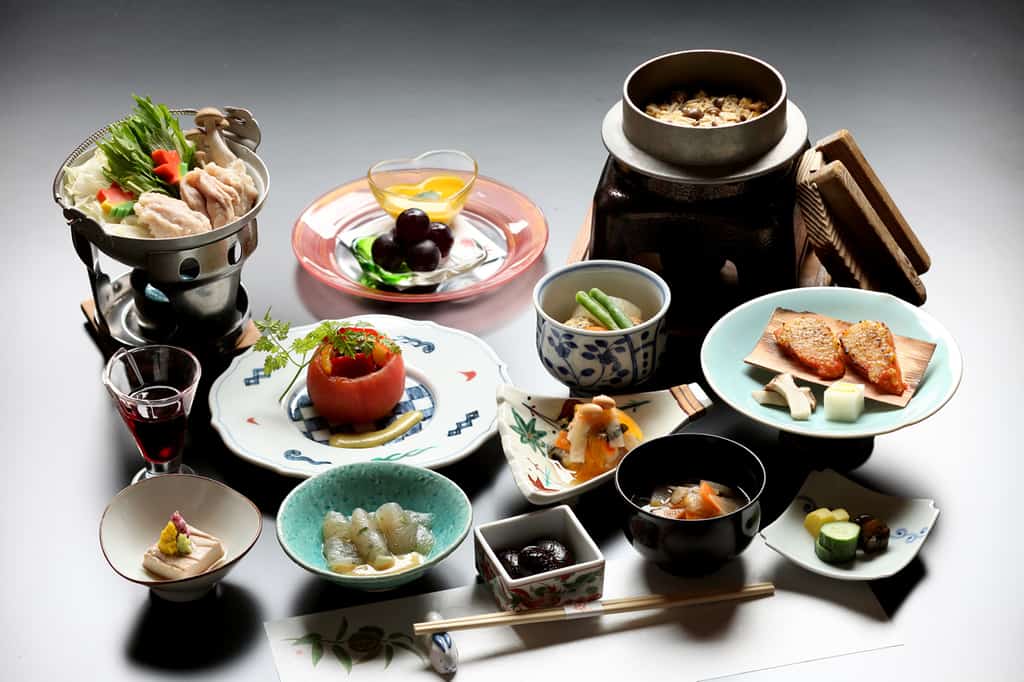

Kaiseki Ryori is often a party to entertain guests and show the hostess’s hospitality of the owner; But you can also enjoy it at traditional Japanese restaurants, especially at Ryokans (the traditional Japanese guesthouses). This Japanese special meal usually uses seasonal ingredients, mainly vegetables and fish with seaweed and mushrooms and has a very delicate flavor. With a lot of dishes, to avoid affecting the taste between the dishes together, between the dishes are special herbal drinks for guests to “wash” the taste, and are ready to fully enjoy the new dish – a very Japanese subtle feature in serving and enjoying cuisine.
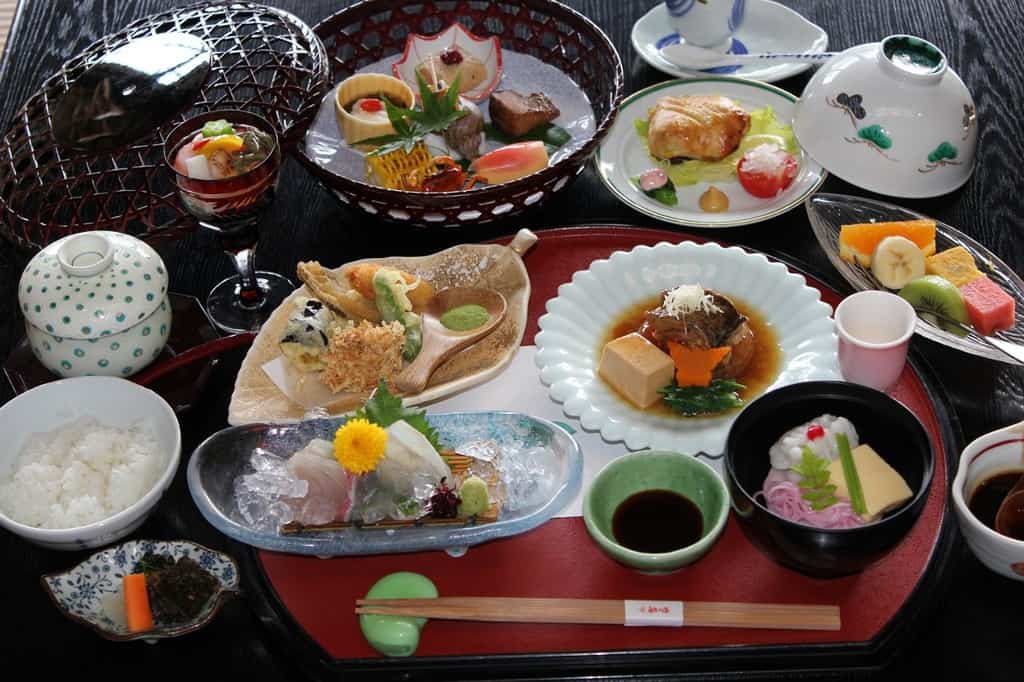
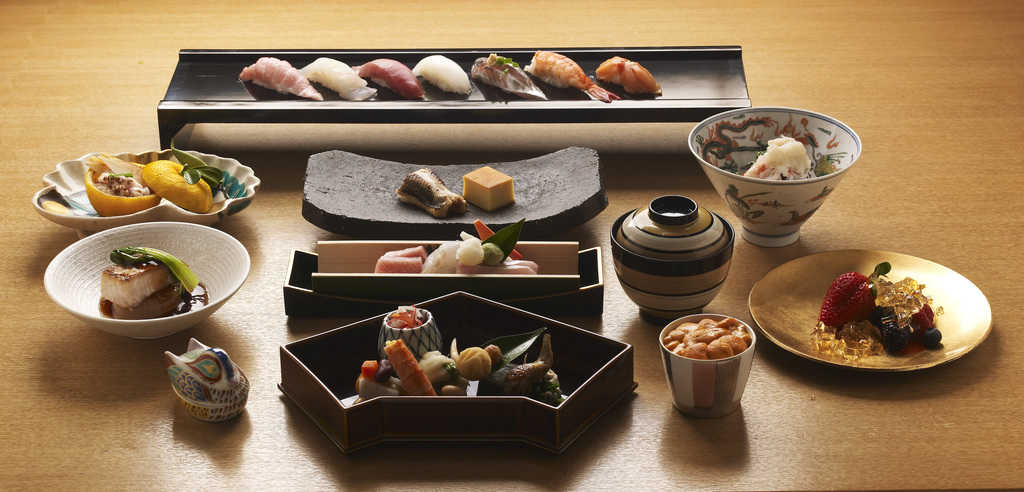
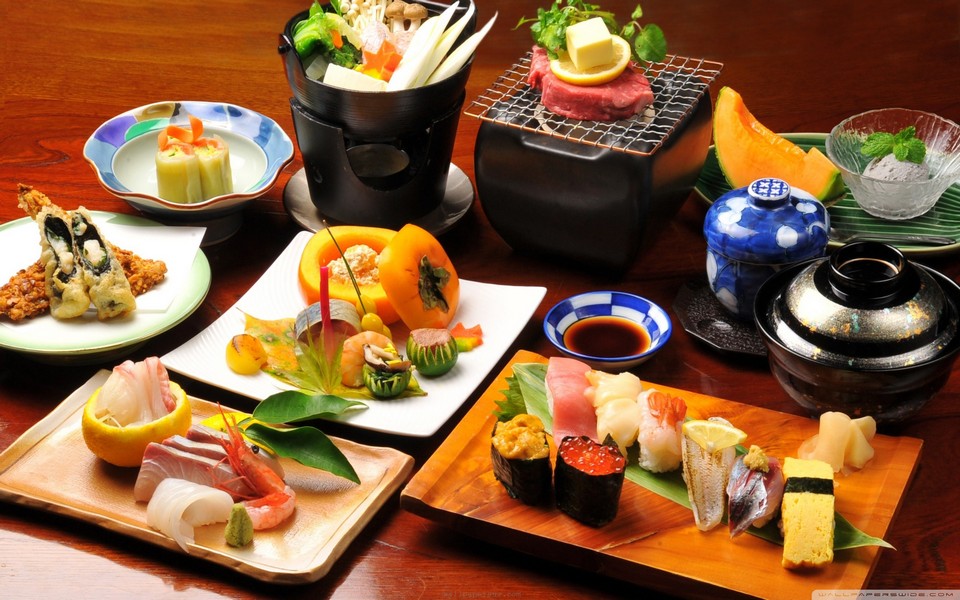
Japan must eat: Sanuki Udon
The highlight of Sanuki udon noodles is a cool, light sweet broth and square noodles with flattened edges, ivory-white color, sleek, chewy, made from wheat flour; And it would be regret if you miss this food that have to try when you come to Japan.
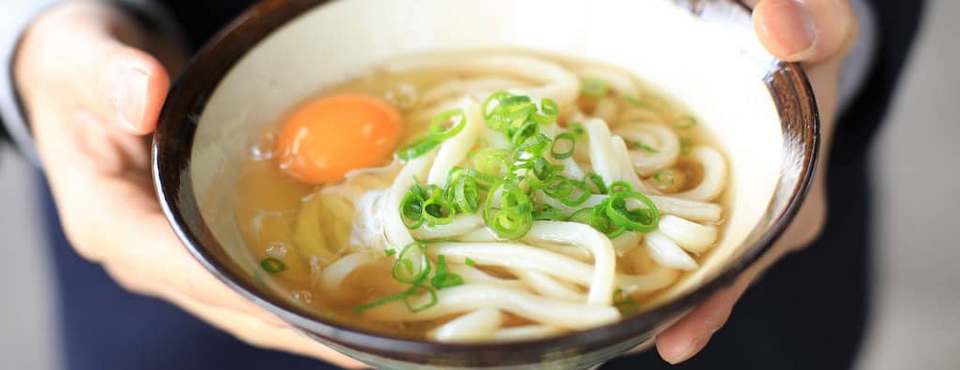
This noodles is associated with Takamatsu island, one of Japan’s 4 main islands; and sanuki udon is one of the “tricks and tips” to attract tourists and help increase the number of tourists visiting the island.
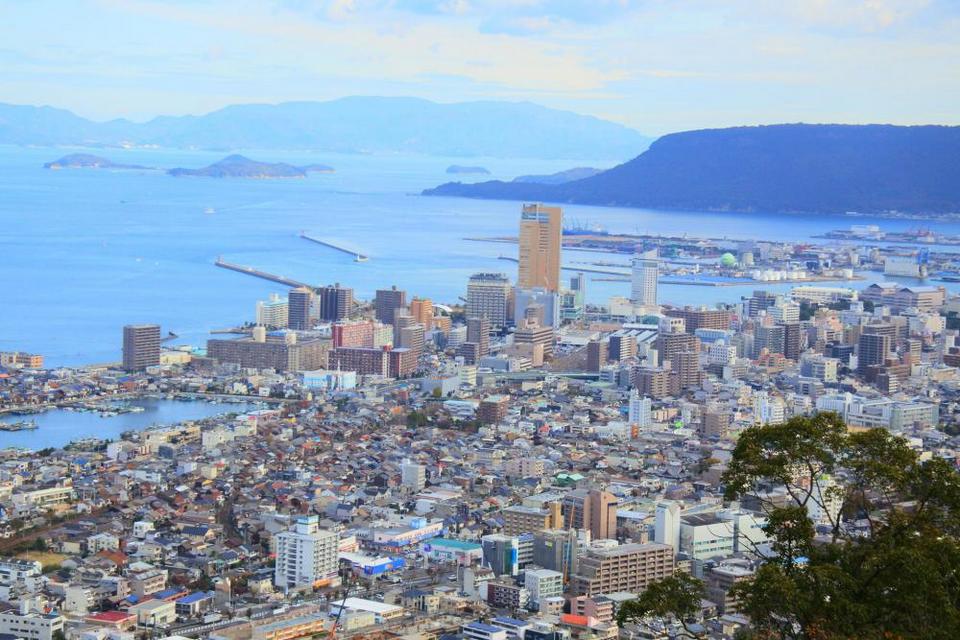
A set meal of Sanuki udon noodles in Takamatsu will include large udon noodles, scallions, fried tofu and tempura served with clear broth. Depending on your taste, you can add meat or seafood to taste better, but still don’t change the original flavor of the dish.
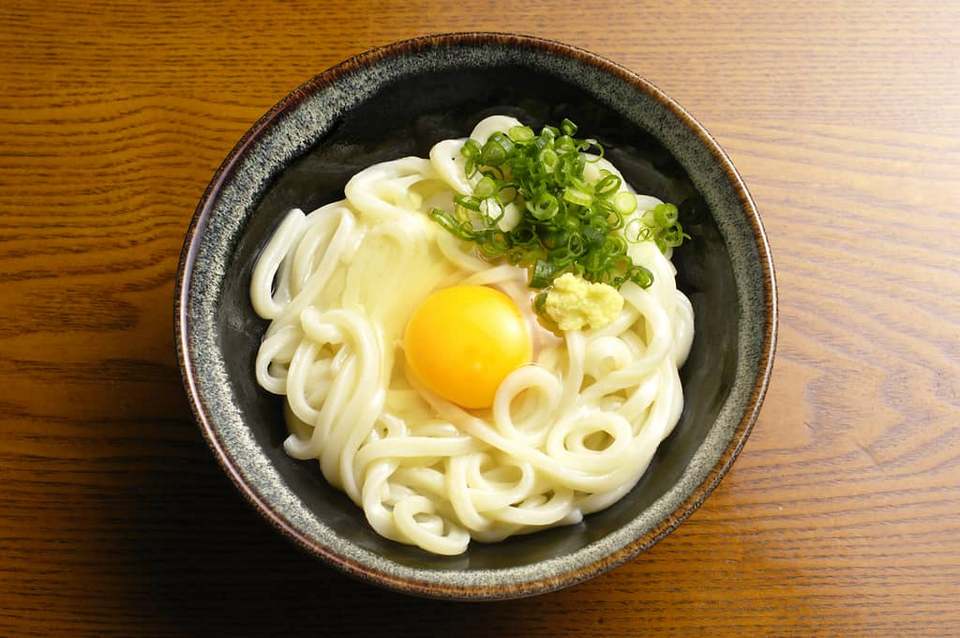
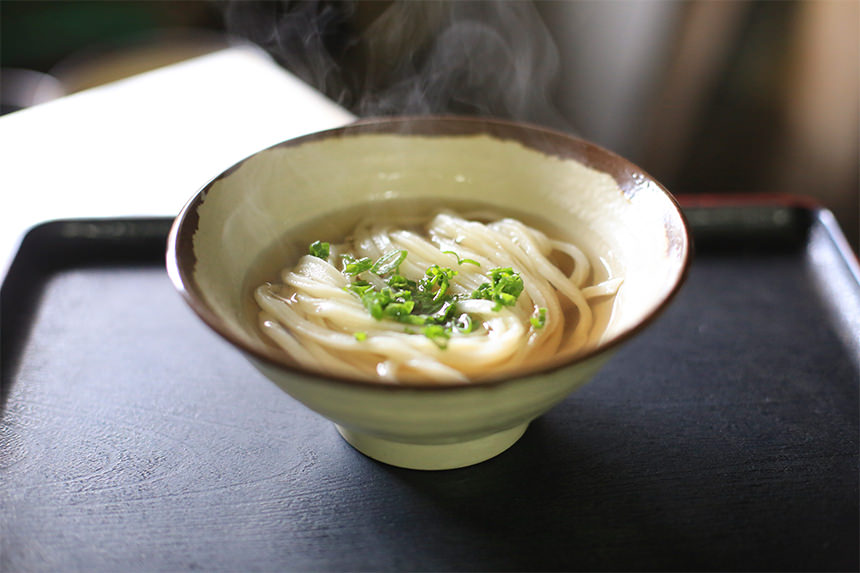
Must eat food in Japan: Wagashi (traditional Japanese sweets)
It can be said that Japan is a sweet pastry paradise, because not only does it taste delicious but they are also decorated with a really delicate appearance, eye-catching, glimpse like the fairies on the food tray. One of them is wagashi – sweets are beautifully presented, highly aesthetic. Most of the wagashi cakes are made from glutinous rice flour, there are many kinds of kernels such as lotus, fruits, green tea, red beans … They are not only dishes but also contain cultural beauty, history stories and love of Japanese people for nature.
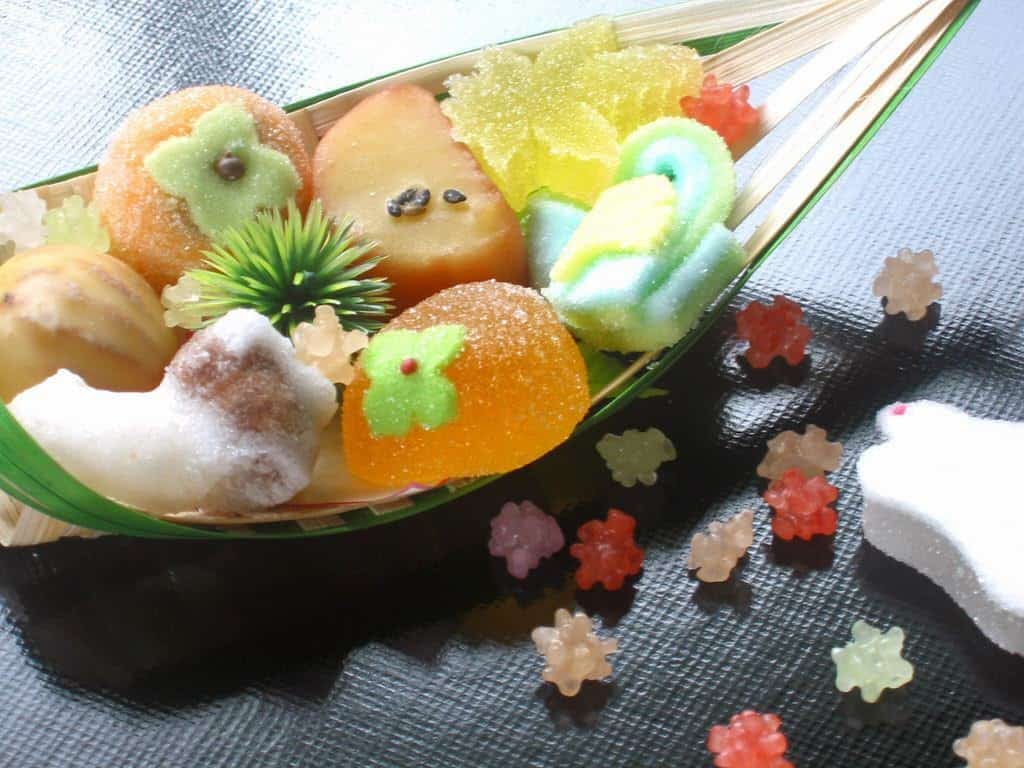

The natural images in the four seasons is one of the endless sources of inspiration for cake artists. Spring is full of flowers, summer needs cool so the cakes often bring light colors suggesting freshness. Switching to autumn, the color of the cake often bears the color of the maple leaf forest typical of Japan, so in the winter wagashi is pure baked cakes, suggesting a warm feeling. It is also the diverse transformation that conforms to the law of all things, the time so, the ingredients for making cakes also depend on the season, which season is made of the ingredients of that season, mainly from plants such as bean flour, seaweed jelly, sugar cane, ginger, sesame, dried fruit …
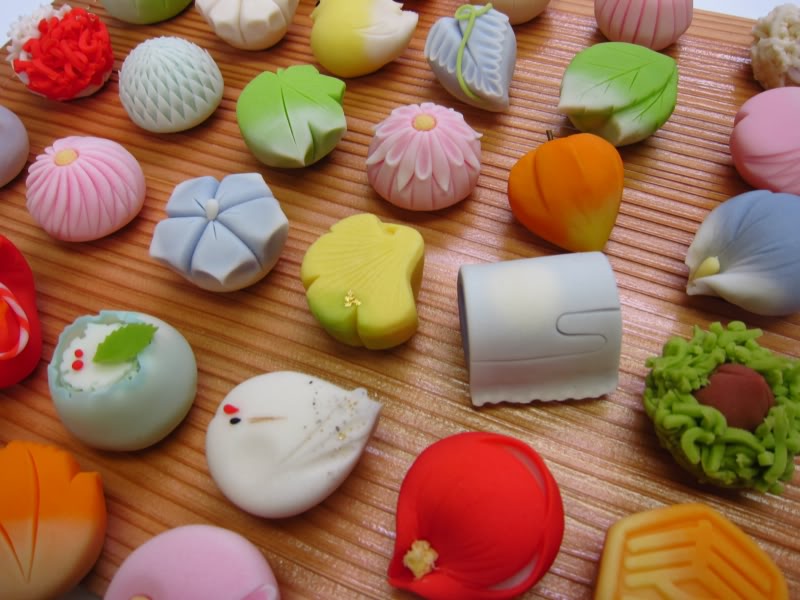
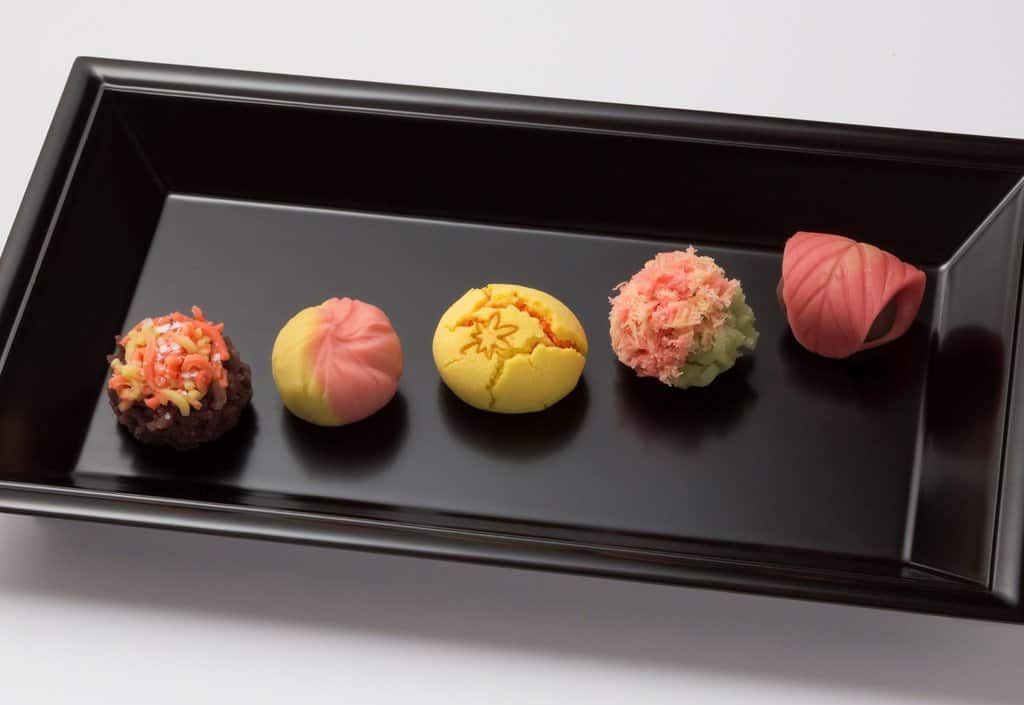
Sushi
Sushi is often cut into slices, used immediately after being served, and served with soy sauce, wasabi and pickled ginger. When eating, put the whole piece in your mouth to feel the full flavor of each piece. The strange taste of rice mixed with vinegar, the greasy and cool taste of raw fish and the pungent taste of wasabi up to the nose. The most popular ingredients of sushi are tuna, squid and shrimp served with cucumber, pickled radish and Tamagoyaki (Japanese rolled omelette). Sushi has many types and there are many different versions in each region.
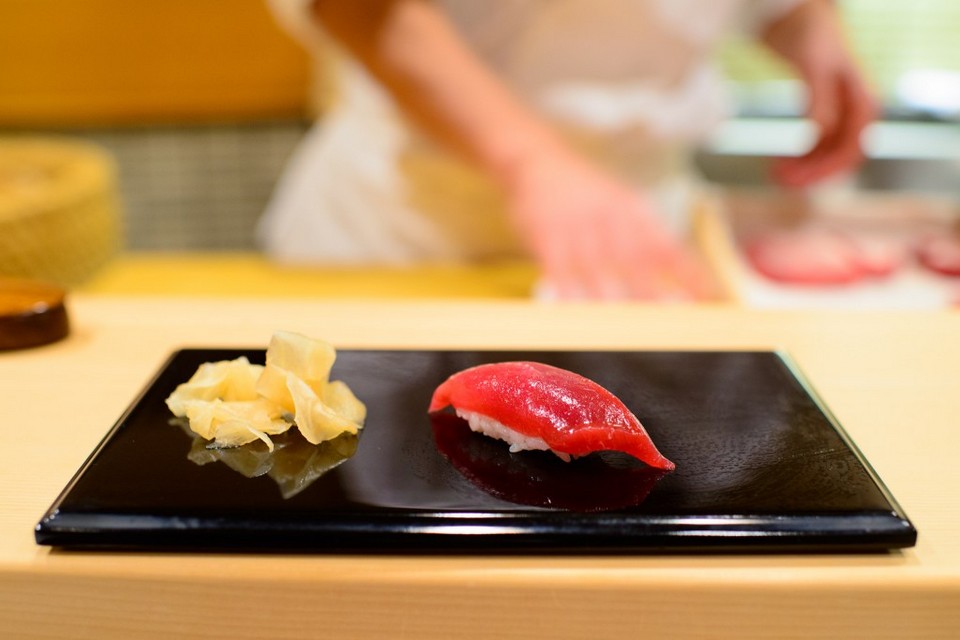


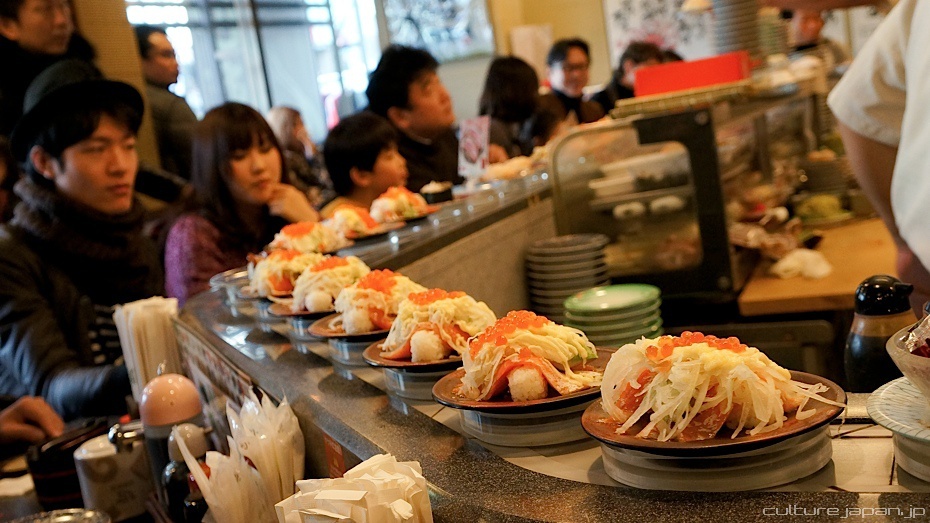
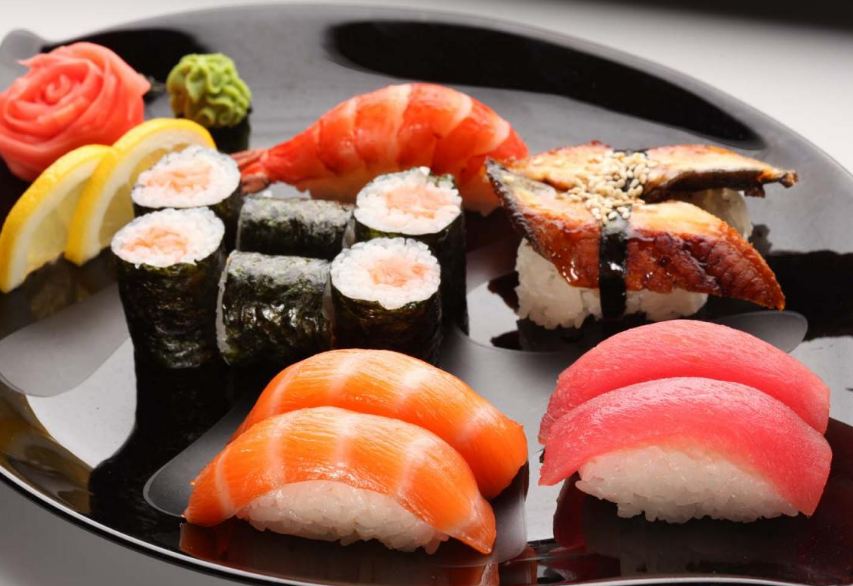

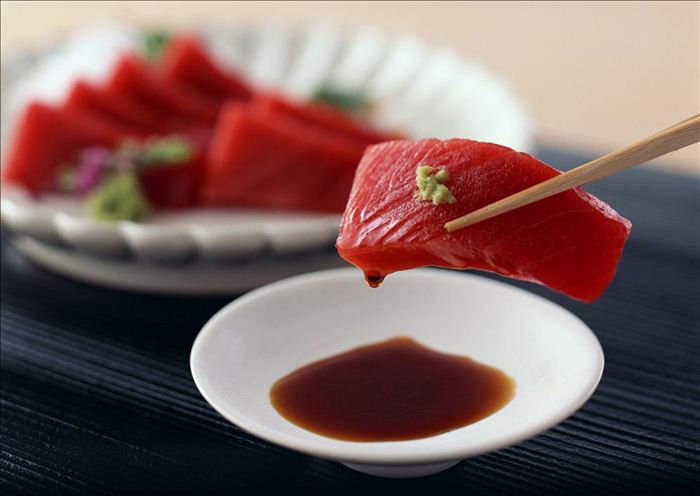
Sashimi
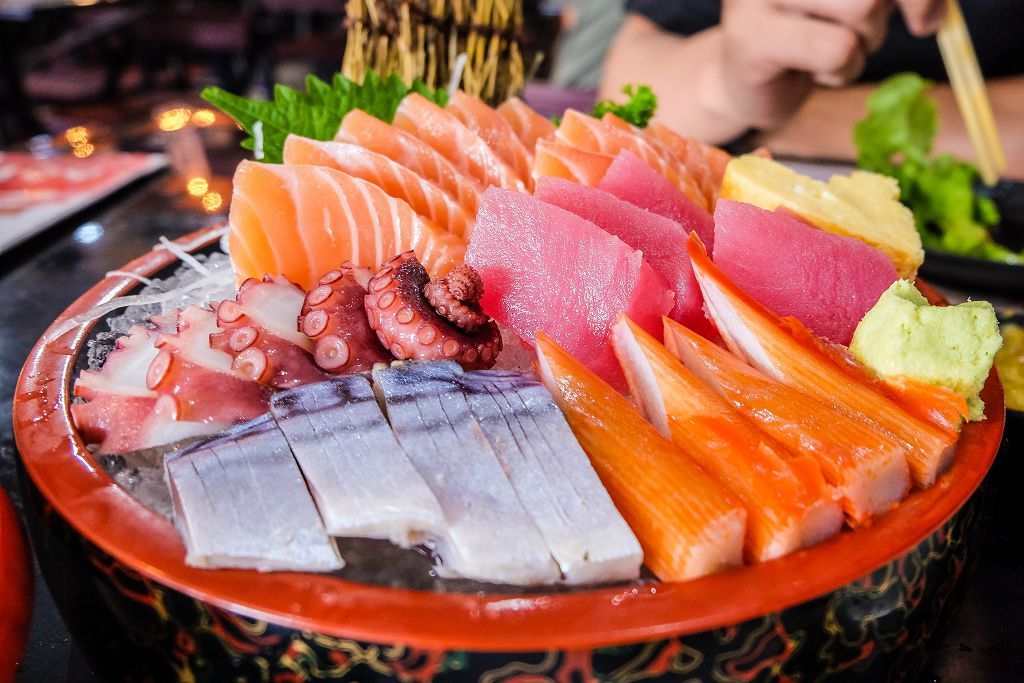
Sashimi is a traditional Japanese dish with main ingredients are mainly fresh seafood. Seafood used to make Sashimi must have “Sashimi standard”, be caught by special tools, then be processed immediately according to special procedures to ensure the freshness of each piece of Sashimi. Some types of seafood that Japanese people often use as sashimi are: salmon, tuna, mackerel, basa fish, puffer fish, squid, octopus, sea shrimp. In addition, Sashimi is also made from meat or vegetables …
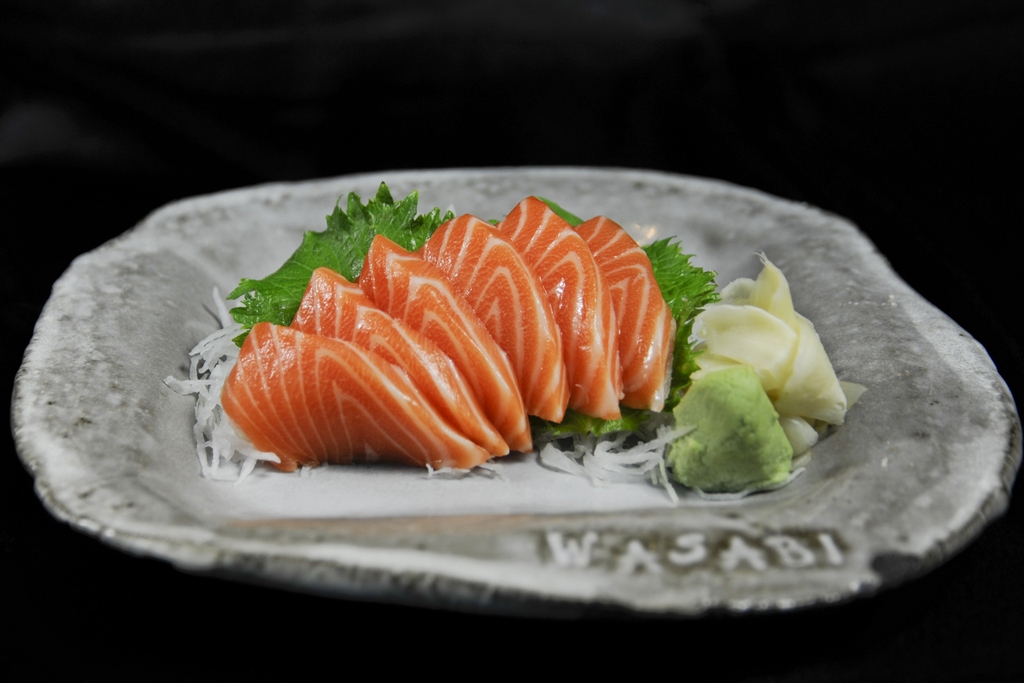
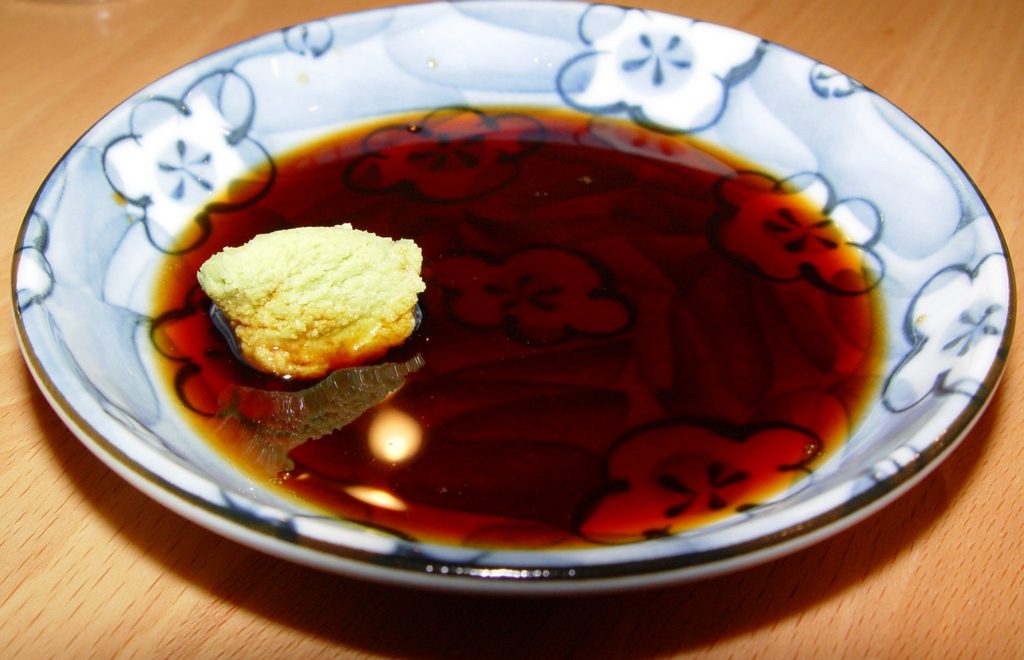
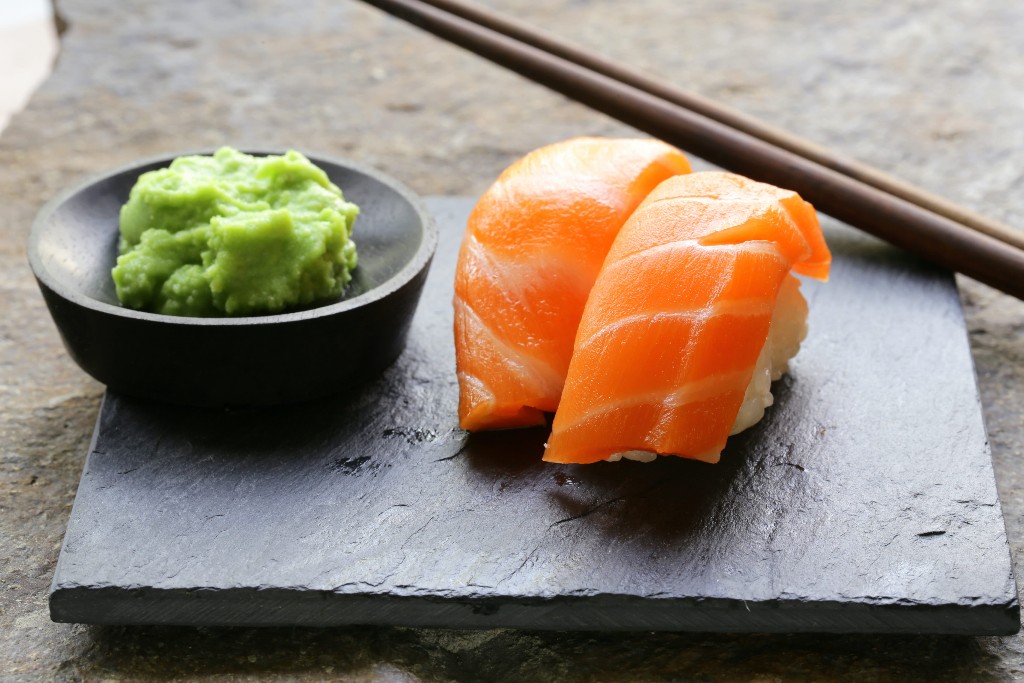
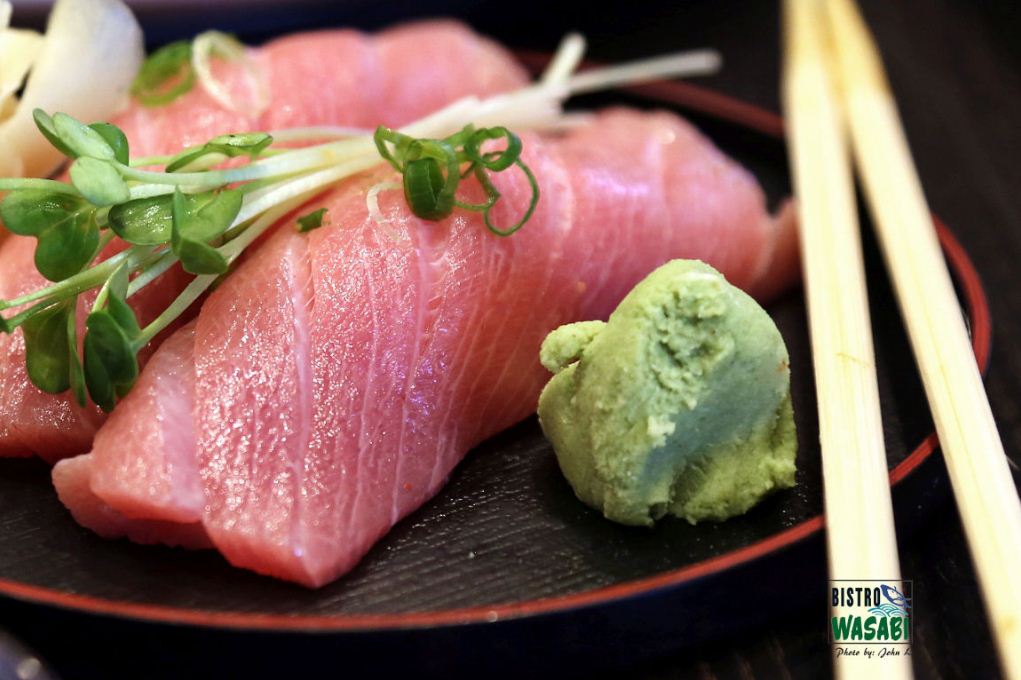
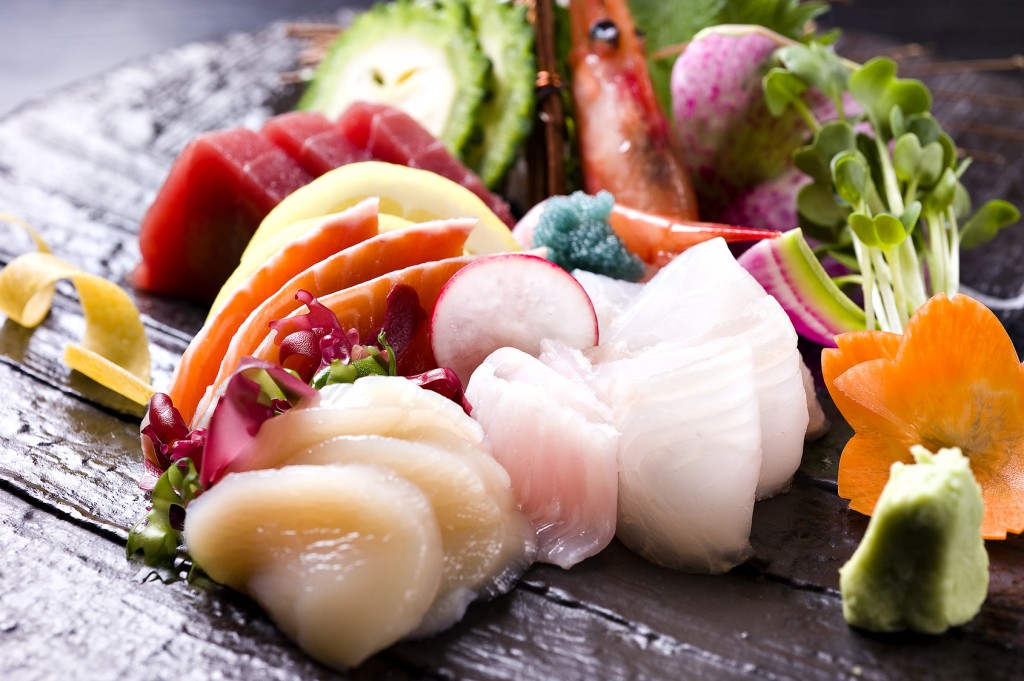
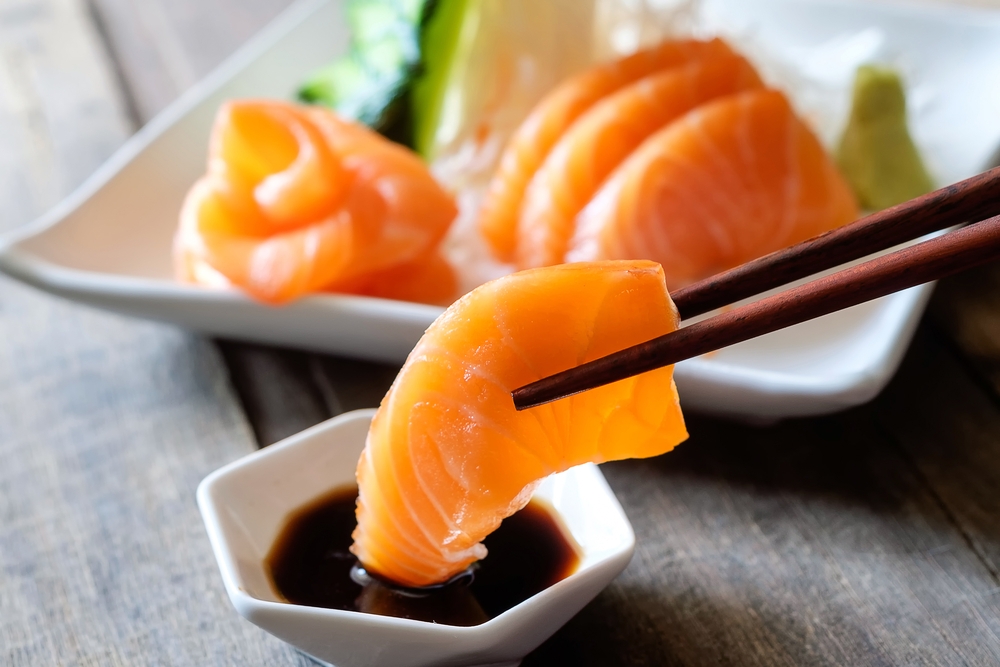

Shabu-shabu
Shabu-shabu is also a hotpot but the main ingredient is beef. Fresh, quality slices of beef are sliced quite skillfully, eye-catching. Diners will dip these slices of meat into hot broth and eat when it still rare to ensure the taste of the dish. The broth of Shabu-shabu hotpot has a light sweet taste, clear and is often cooked with cabbage, seaweed, shiitake mushrooms and other healthy ingredients.
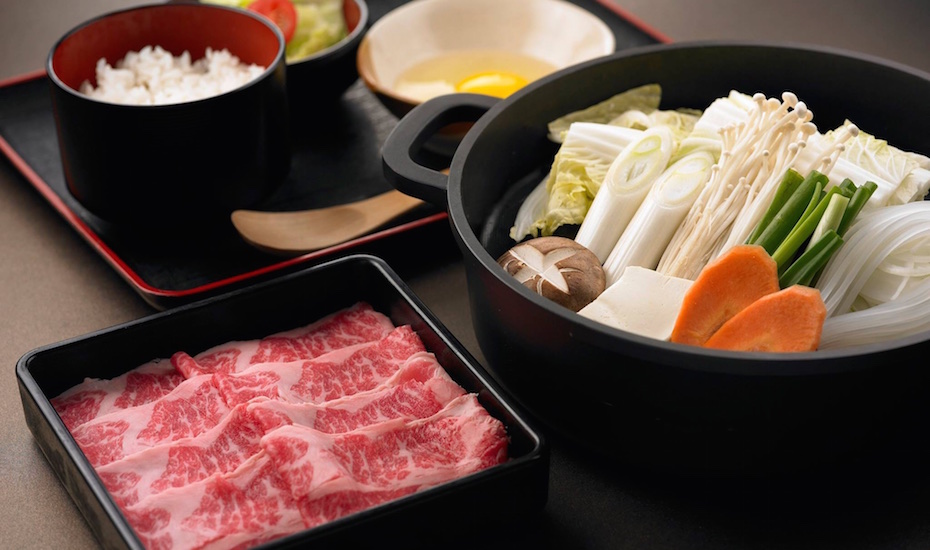
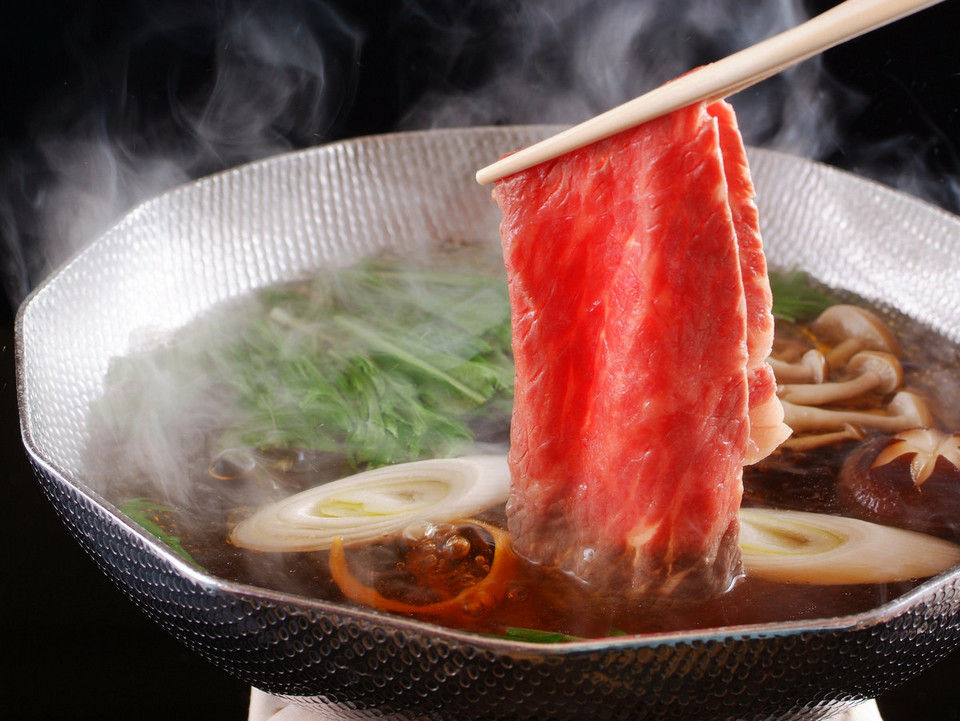
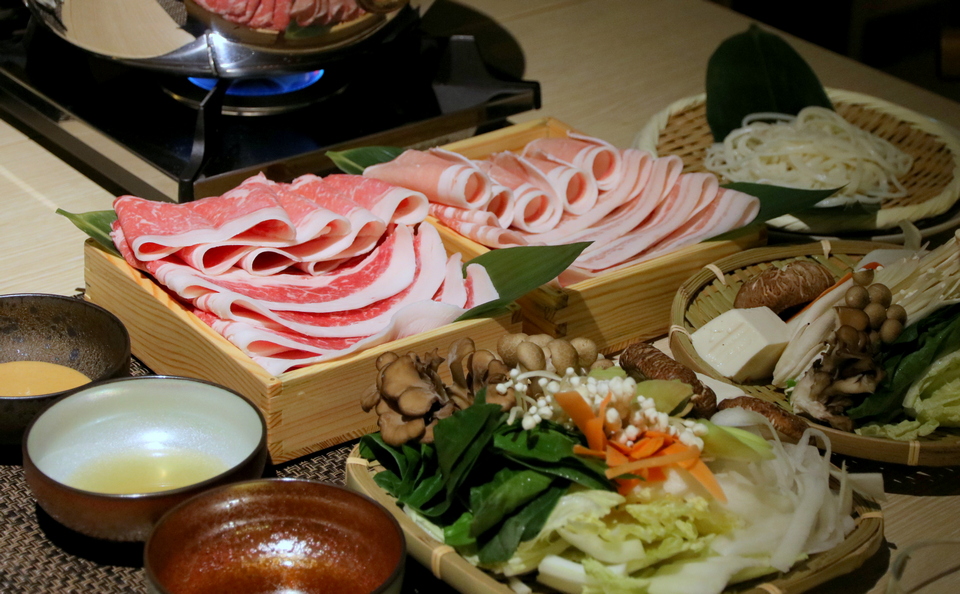
Sukiyaki
Sukiyaki is a “dominant Japanese” dish with the main ingredient is Rib eye beef, and a variety of natural mushrooms. When mushrooms and other ingredients in the pot start to ripen, dip the beef cut into “Sukiyaki” style to a level of ripening depending on each person’s taste. This dish is dipped with egg sauce or sauce made from soy sauce Kikkoman and enjoyed immediately.
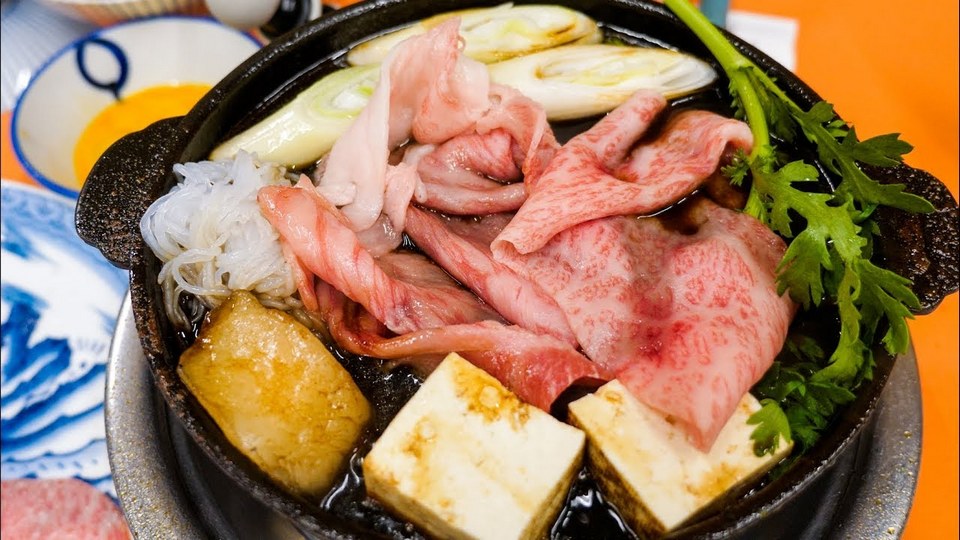
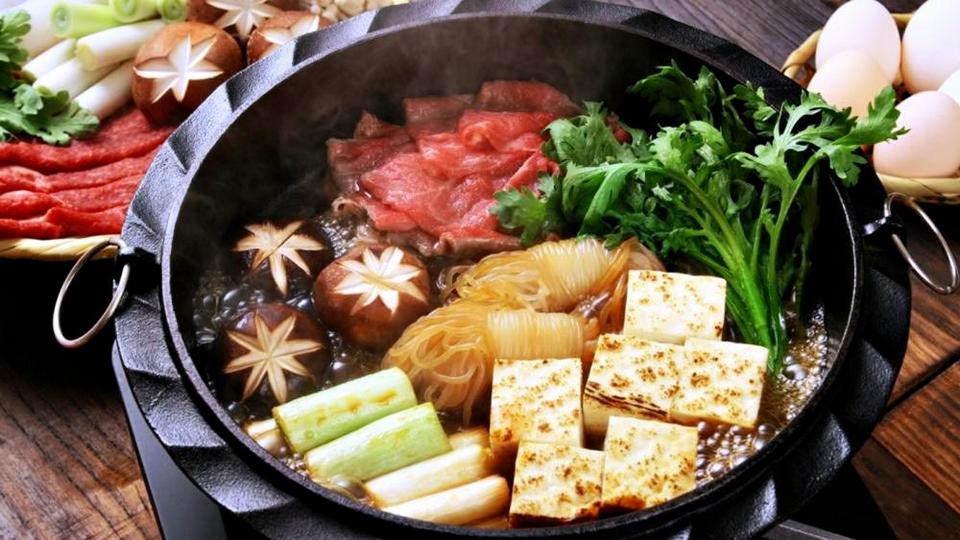
Soba
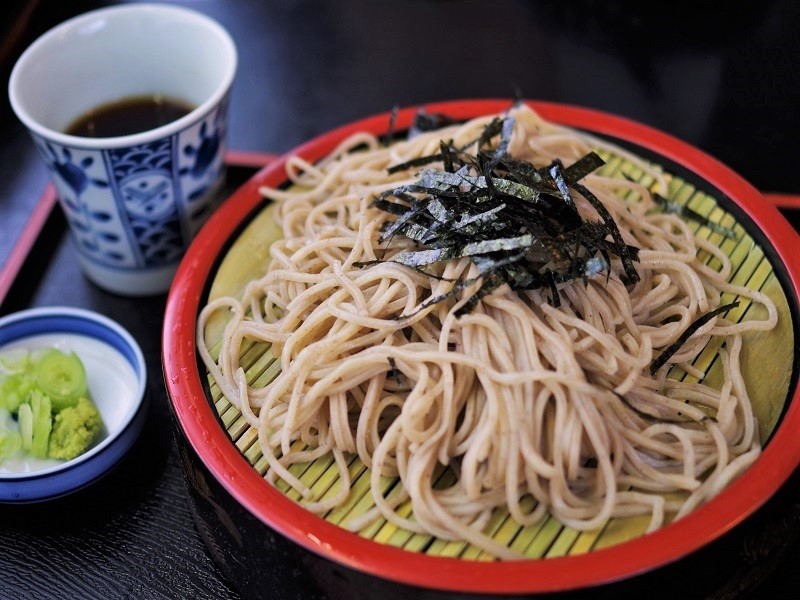
The fibers of Soba noodles are long and firm with dark brown are made by mixing buckwheat and wheat flour, kneading and cutting into small fibers. Similar Udon noodles, Soba noodles can be eaten hot or cold. Cold soba noodles are served with soy sauce, grated radish, seaweed, wasabi and green onions. Japanese people usually eat Soba noodles in the during the new year.
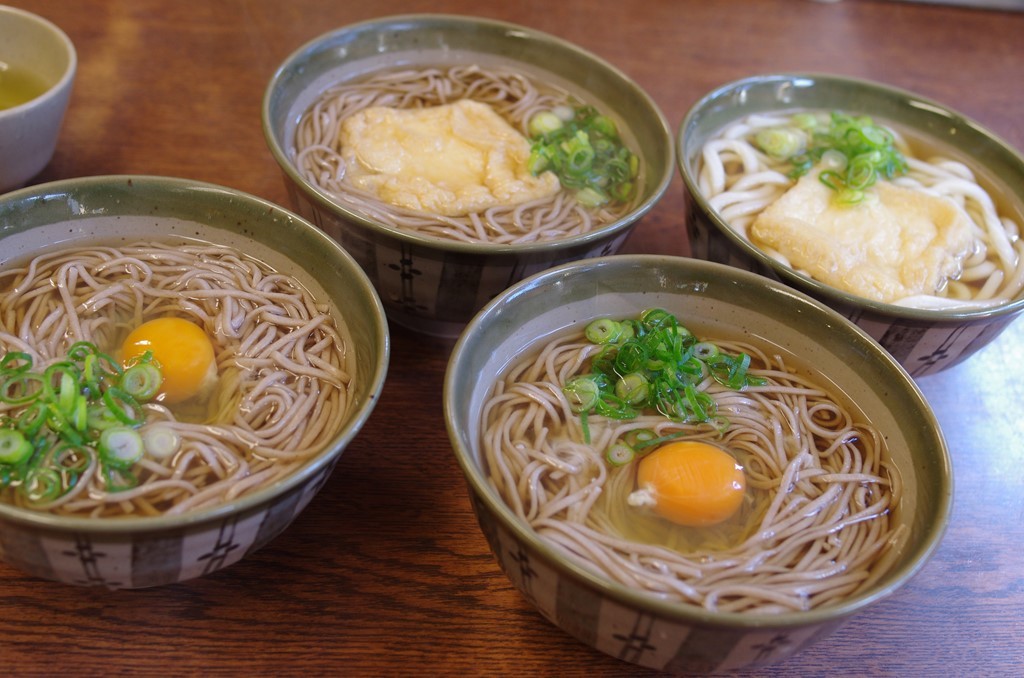
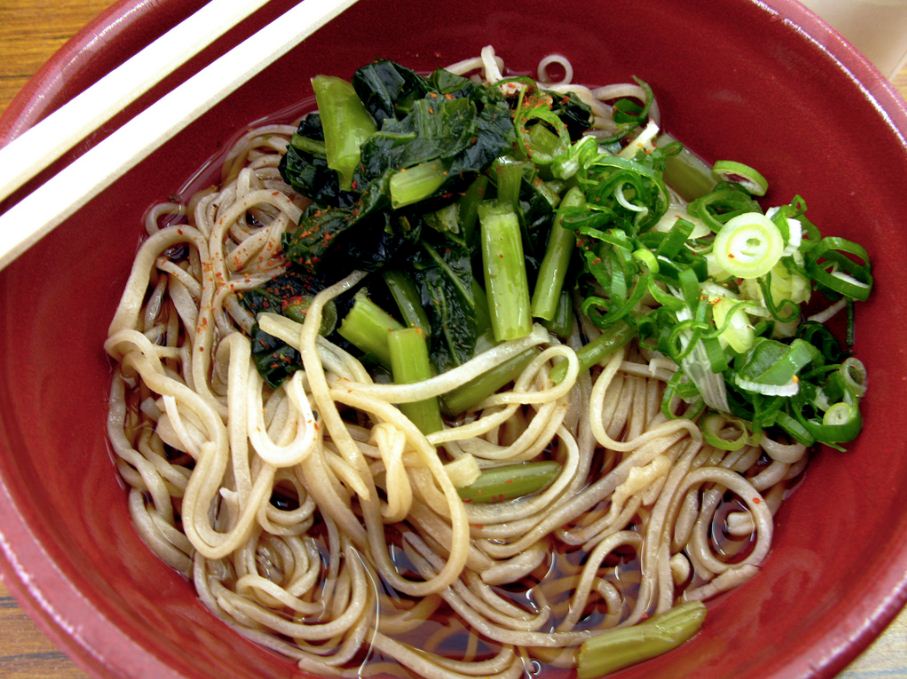
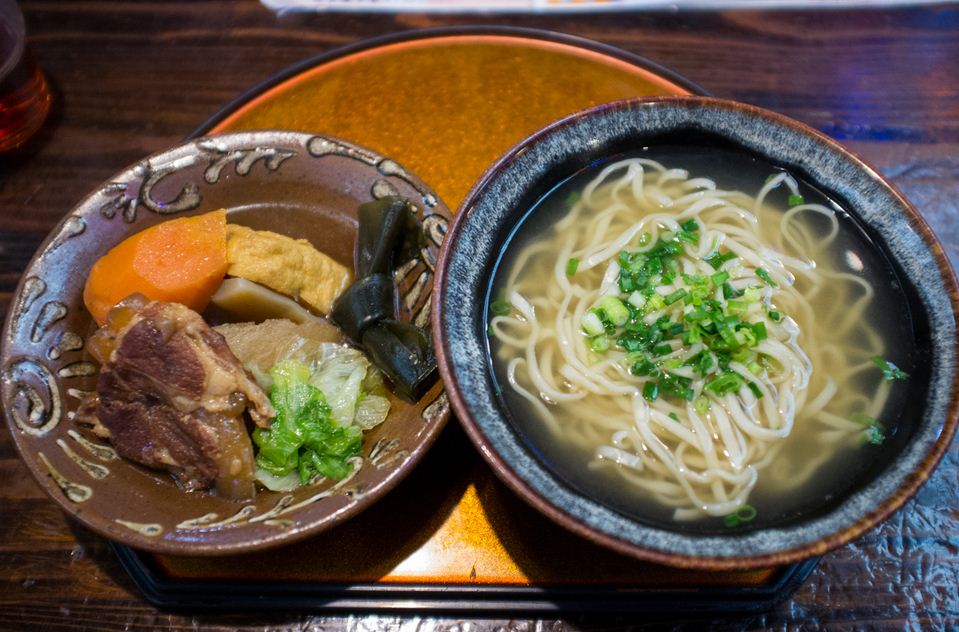
Yakitori
Yakitori is one of the Japanese delicacies loved by many tourists who come to Japan. To make this dish, people often use chicken to grill. Chicken is marinated with salt and a typical sauce called “tare”. Tare is made from soy sauce, mirin, sake, and sugar with a recipe that creates a balance between salinity and sweetness. In addition, it can be added ginger for a strong aroma, subtly add a bit of the fatty taste of sesame oil and light sweet of honey, creating a very bold and signature flavor, attracting visitors right at the first time to enjoy.

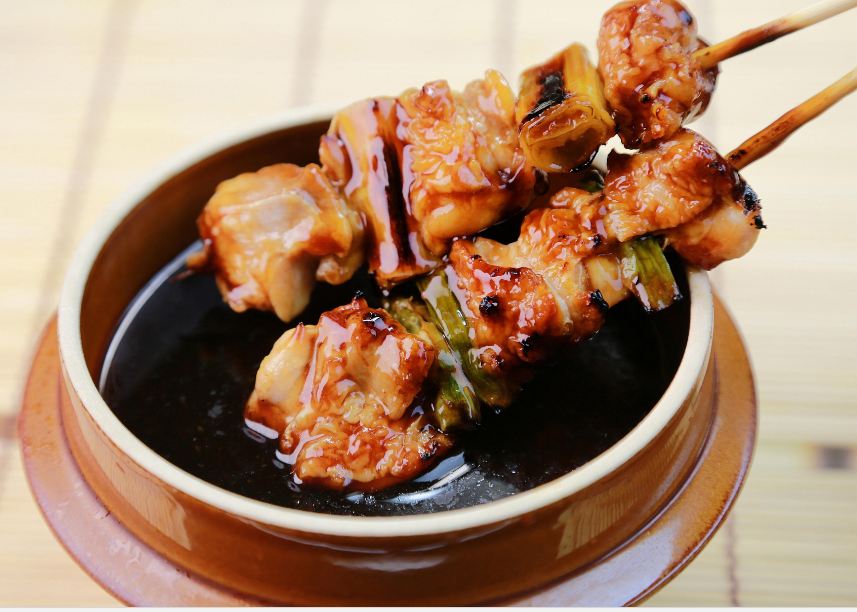
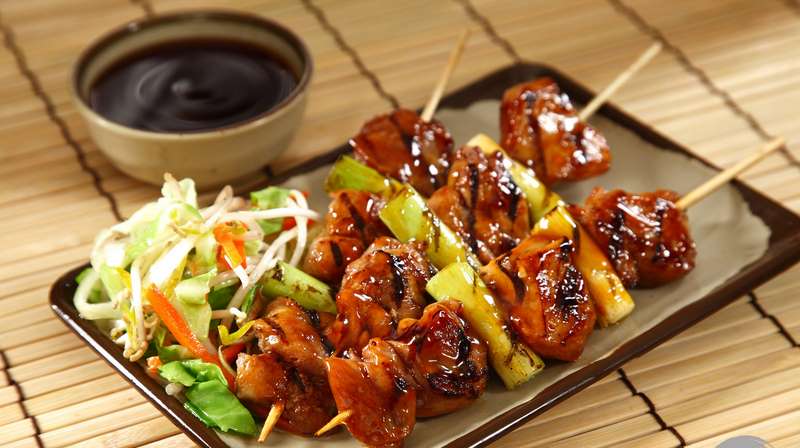
Read more: Chicken Yakitori — How to make, enjoy Chicken Yakitori in Japan.
Sake
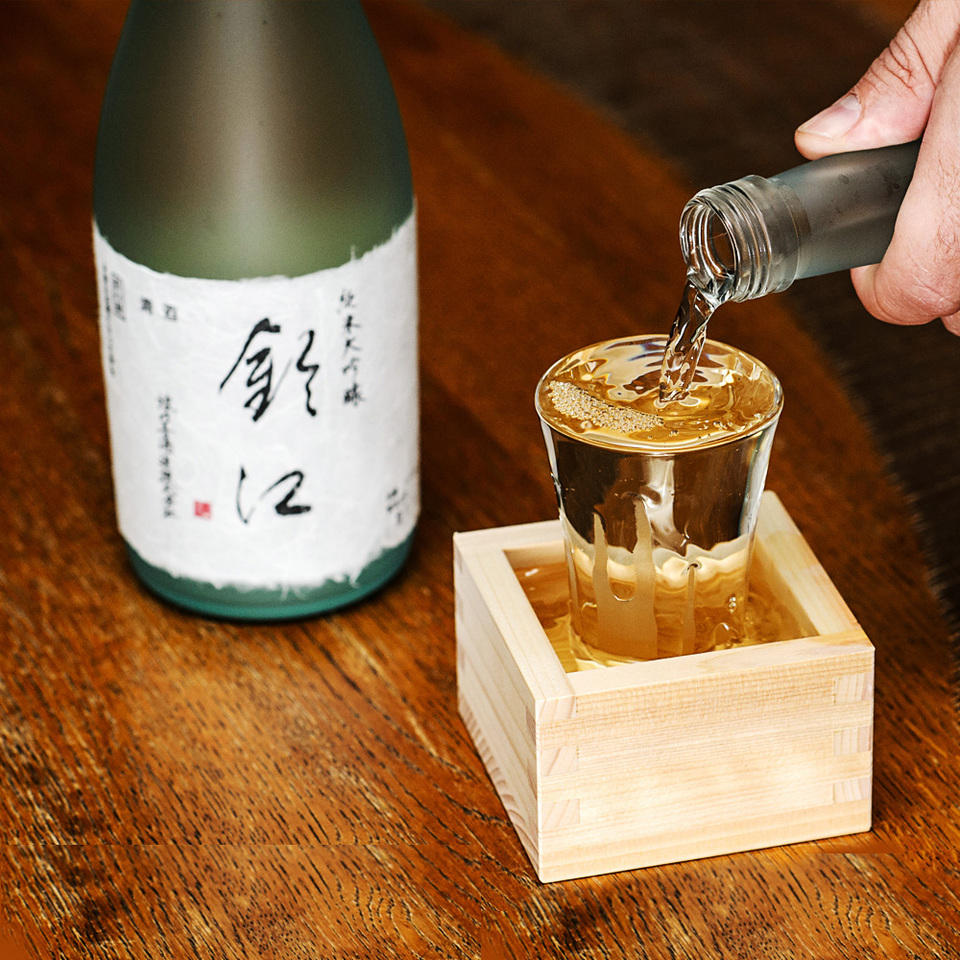
Japanese rice wine is often served with a variety of dishes. Sake is made from rice and water and is considered an alcoholic drink since ancient times. Because alcohol can drink hot so “emotion” comes faster and warms the body in the winter. When drinking chilled will also have a taste similar to high quality wine. Each region throughout the country has local winery that has its own unique flavor depending on the quality of rice and water as well as the difference in the wine production process.
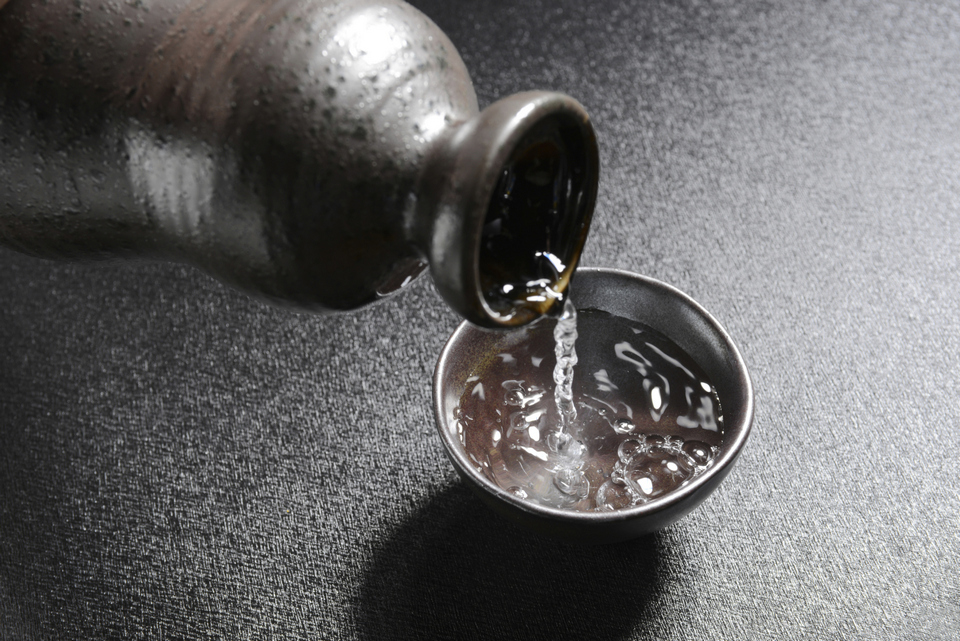

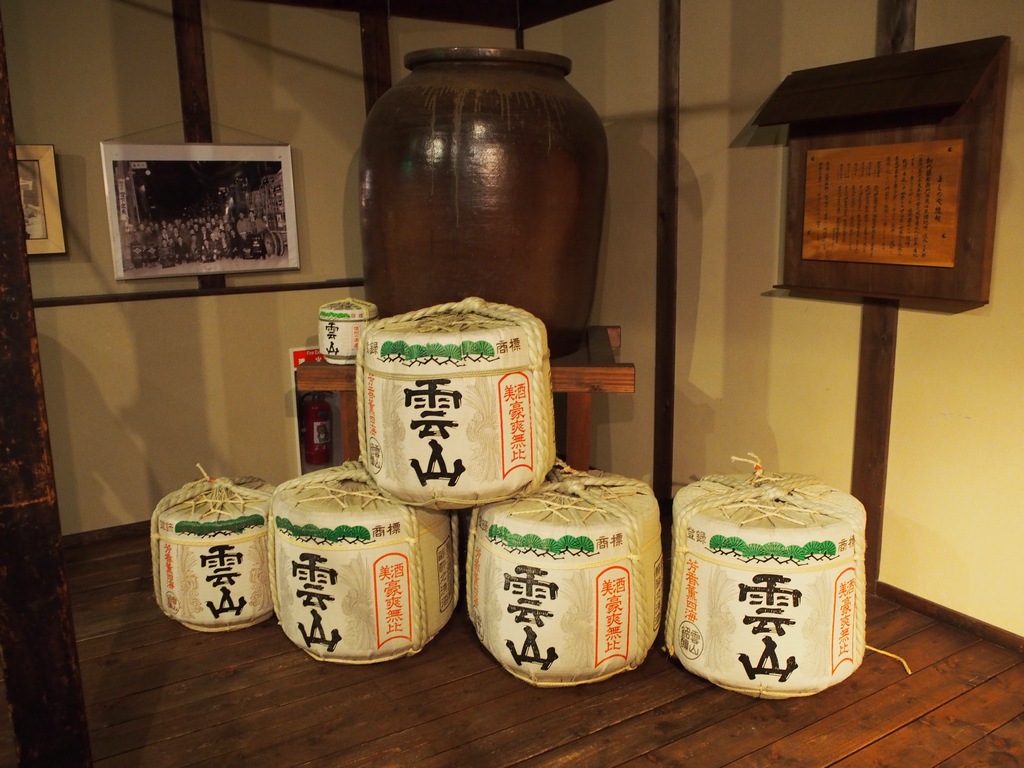
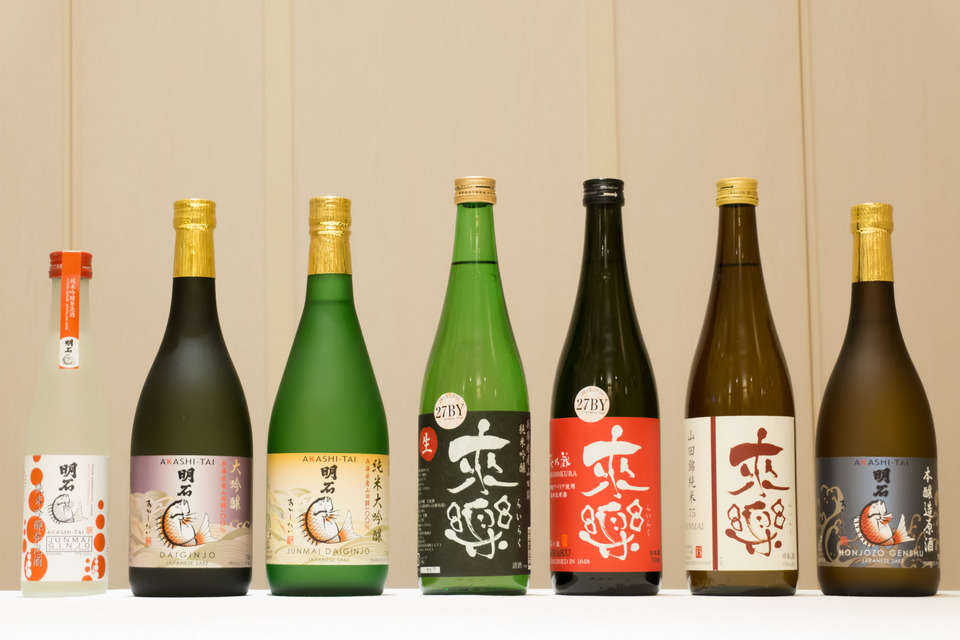
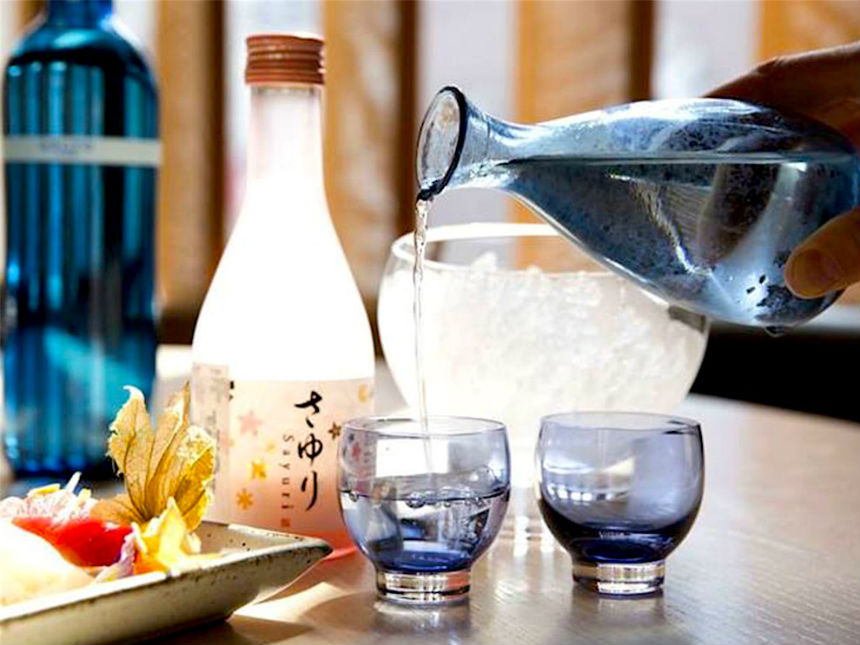
Have the delicious foods above in the land of the rising sun made you hungry? Please quickly save 17 foods that you have to try when you visiting Japan on your list for your fun trip to the beautiful country. Let’s try and share with Living Nomads.
Some best day tours, trips, activities and transfer services, tickets in, to and from Tokyo you can refer to
- Private Narita International Airport Transfers (NRT) for Tokyo 23 Wards, Hakone, or Karuizawa
- Private Haneda International Airport Transfers (HND) for Tokyo 23 Wards, Hakone, or Karuizawa
- Airport Limousine Bus Transfers from/to Narita and Haneda International Airport (Free Wifi Onboard)
- Tokyo Amazing Sightseeing Bus Day Tour
- Tokyo Highlights Private Day Tour
- Nikko Day Tour from Tokyo
- Mt Fuji & Hakone Day Tour: Lake Ashi & Ropeway Day Trip from Tokyo
- Nikko Cultural Day Tour from Tokyo
- Tokyo Subway Ticket (24, 48, or 72 Hours)
- Tokyo Skyliner and Tokyo Subway Ticket
- Shuttle Bus Transfers (One Way/Round Trip) from Shinjuku/Ikebukuro to Tokyo Disneyland or Tokyo DisneySea
- Sky Hop-on and Hop-off Bus Pass
- 4G Prepaid Sim Card (JP Airports Pick Up) for Japan
- 4G WiFi (Japan Pick Up) for Japan
- JR Pass for Whole Japan (7, 14, or 21 Days)

Are you finding more top things to do in Japan: Tours, activities, attractions and other things? Let’s check it out here.
































![10 best airports in Asia in 2016 [RANKED] kuala-lumpur-international-airport-best airports in asia in 2016 by skytrax ratings](https://livingnomads.com/wp-content/uploads/2016/08/29/kuala-lumpur-international-airport-best-airports-in-asia-in-2016-by-skytrax-ratings-218x150.jpg)








